Discover six Louisiana plantation tours that authentically interpret the slave experience, including Oak Alley, St. Joseph, Evergreen, Destrehan, Laura, and Whitney.

I was a guest of Louisiana’s River Parishes, but all thoughts and opinions are my own. This post may contain affiliate links.
Table of Contents
- 1 Louisiana Plantations that Interpret the Slave Experience
- 2 The Truth
- 3 An Accurate Historical Perspective
- 4 Oak Alley Plantation
- 5 St. Joseph and Felicité Plantations
- 6 Evergreen Plantation
- 7 Destrehan Plantation
- 8 Laura Plantation
- 9 Whitney Plantation
- 10 Final Words
- 11 Lodging and Dining
- 12 Map It!
- 13 More Louisiana Stories on Backroad Planet
- 14 We Would Love to Hear From You
- 15 Pin this Post!
Louisiana Plantations that Interpret the Slave Experience

Without question, grand antebellum mansions are the most recognizable structures on all of the Louisiana River Road plantations.
And even though these homes were inhabited by the families of wealthy planters, they were built in whole or in part by talented craftsmen and gifted artisans who were the property of their masters and never paid a single cent for their work.
This reality applies not only to historical homes in Louisiana, but other architectural treasures across the Southeast, as well.
The sobering truth was never more perfectly illustrated than when First Lady Michelle Obama reminded Americans, ” . . . I wake up every morning in a house that was built by slaves.”
The Truth

I have long maintained that Southern state governments and tourism boards must acknowledge their histories . . . good, bad, and ugly. By embracing the truth, heritage tourists will be attracted to the authenticity of their historical locations, sites of conscience, and cultural experiences.
Mississippi has one of the most checkered pasts of any American state, with a history that includes slavery, Jim Crow, the Ku Klux Klan, civil rights abuses, and other human injustices. Yet the state has begun to acknowledge unsavory aspects of its past, most recently with the dual opening of the Museum of Mississippi History and the Mississippi Civil Rights Museum in Jackson.
For decades, the Thomas Jefferson Foundation failed to acknowledge the Founding Father’s long-term relationship with a female slave and concubine at Monticello. In 2018, however, the foundation finally honored the memory of this woman with the opening of the “Life of Sally Hemings” exhibit. Their commitment to full transparency is further supported with a wealth of online information about slavery and plantation life at Monticello.
In the past, guided tours of Louisiana’s River Road plantation homes have highlighted the lives of the slaveowners and downplayed the lives and contributions of the enslaved.
But in recent years, many Louisiana plantations have begun moving in the right direction by including or featuring the slave experience in their tours, each with their own interpretations of plantation life.
An Accurate Historical Perspective

Before scheduling Louisiana plantation tours, there are a few background facts visitors should know in order to fully engage and put the experience in proper historical context:
Creole vs. Cajun
• Prior to the 1803 Louisiana Purchase, the Lower Mississippi Valley was a French (and briefly Spanish) colony and territory.
• Creole is not a race or ethnicity, but rather a language-based identity and culture.
• The Creole identity includes people of white, black, and mixed-race ancestry.
• Both free and enslaved people from multiple ethnicities spoke French and/or Creole.
• English-speaking Americans who moved to this region were considered immigrants and foreigners.
• The word “Cajun” is derived from the French “Acadian” refugees who arrived in the late 18th century and were assimilated into Louisiana’s French and Creole-speaking population. Less than 3,000 Acadian exiles arrived in Louisiana between 1764 and 1785.
• Since the 1980s, the term “Cajun” has been used, often inaccurately, as a marketing and branding tool for Creole language, culture, music, and cuisine.
To better understand the difference between the regional terms “Creole” and “Cajun,” navigate to Joseph Dunn’s article: The Acadian Exile, Louisiana Creoles, and the Rise of Cajun Branding.
River Parish Plantation Life
• The Côte des Allemands (German Coast) was a region of the River Parishes where German immigrants settled in the early 1700s. These pioneers adopted the French Creole culture, and many became wealthy landowners and slaveholders.
• The 1811 German Coast Uprising was the largest slave revolt in US history. The failed insurrection resulted in the death of 2 white men and 95 slaves.
• Indigo and rice were trial crops in the early years, but soon sugarcane became the primary cash crop in south Louisiana. Cotton is better suited to the northern region of the state.
• Louisiana had strict laws called Black Codes (Code Noir) that governed the slave population and regulated the rights of free people of color. These laws evolved and changed from the French Colonial period, through Spanish Rule and American statehood, until the abolishment of slavery in 1864.
• At 13.2%, Louisiana had a much higher free people of color population than most southern states, with only 0.8% in neighboring Mississippi. Many French and Creole-speaking free people of color were literate, owned property, businesses, and even slaves.
• The River Parishes and New Orleans were specifically exempted in the Emancipation Proclamation because the Union Army needed the slaves to feed the troops and keep the economy moving.
• Louisiana’s plantation homes are all different. Many of them were initially constructed in the French Creole vernacular and later updated to Greek Revival, as architectural trends evolved.
Now let’s get acquainted with some of the Louisiana plantation tours that interpret the slave experience.
Click here to find lodging near Louisiana plantation country on TripAdvisor!
Oak Alley Plantation

The plantation home at Oak Alley is a classic Greek Revival specimen, but the mansion is secondary to the property’s most recognizable feature.

The plantation is better known for its grand allée, lined with twenty-eight 300-year old live oaks, that stretches a quarter mile from the “Big House” to the River Road. Some of the ancient tree trunks measure 30 feet in diameter.
Situated along the Mississippi River at the midway point between New Orleans and Baton Rouge (55 miles each way), Oak Alley does not disappoint.

The “Slavery at Oak Alley” exhibit is housed in and around six replica slave cabins situated prominently between the “Big House” and the the Guest Services area.
I was deeply moved by the words of an exhibit panel that tells the truth and honors the enslaved residents of Oak Alley:
“Between 1836 and the Civil War, over 220 men, women and children were enslaved at Oak Alley. Dehumanized and quantified like any other commodity, they appear in sales records and inventories, yet as people they have been forgotten by history.
This is a respectful recognition of the people on whose backs this plantation was built. For most of them, a name is all that remains of their story.”

The exhibit includes a Wall of Honor with the first names of slaves who lived and worked at Oak Alley. It reminded me of similar walls of honor I have witnessed at Holocaust memorials in the United States, Israel, and Poland.
Although United States census slave schedules recorded the age, gender, and skin color of slaves, they rarely included their names. However, when plantation owners died or filed for bankruptcy, their estates were inventoried, and because slaves were property, their names, colors, skills, and dollar values were listed.
One of the replica slave cabins is staged to depict a dual family arrangement, while other cabins feature interactive displays and informational panels.
Exterior displays portray elements in the daily lives of enslaved residents and the conversion to fieldworker’s quarters when emancipation brought an end to slavery.
Visitors should allow at least an hour to view the displays and read the interpretive panels at the slavery exhibit. Although the tour is self-guided, staff interpreters are on site to answer guest questions.
Hush, Hush Sweet Charlotte, Interview with the Vampire, and Primary Colors are a few of the motion picture productions shot partially on location at Oak Alley.
Oak Alley Plantation is open daily at varying hours. Admission is required to enter the grounds, and guided tours of the “Big House” run every half hour.
St. Joseph and Felicité Plantations

St. Joseph Plantation adjoins Oak Alley to the east and is owned by more than 300 blood-related shareholders, descendants of German immigrant Joseph Waguespack who purchased the property in 1877. In fact, some family members still live in other houses on the property.
On guided tours, no part of the 1830 manor house is off limits to visitors, and as a guest, walking through rooms and around the grounds, I could sense a warm family connection.

While on the house tour I learned that the Army Corps of Engineers manages the levee between the plantations and the Mississippi River, but plantation owners still own the batture (alluvial land that adjoins the river), creating an additional source of income from the shipping industry when boats and barges dock along the riverbank.
Like other River Parish properties, St. Joseph remains a working sugarcane plantation to this day. Former slave cabins still situated in their original locations dot the fields, vivid reminders of times past.

Three original slave cabins have been moved from the fields closer to the parking area to make them more accessible to visitors.
Interpretation of the slave experience at St. Joseph is not overt, yet neither is it ignored. Slavery is honestly portrayed for the role it played at St. Joseph in the years prior to emancipation, perhaps most vividly in a transcribed 1858 plantation inventory from the period when it was owned by the William Priestley family.

Renowned American architect Henry Hobson Richardson was born at St. Joseph in 1838 while it was still Priestley Plantation. His mother Catherine Caroline (Priestley) Richardson, would later sell slaves to pay for her son’s tuition at Harvard University.
In the years following emancipation, St. Joseph Plantation workers were often paid in scrip. These tokens and tickets could only be exchanged for goods at the company store.

In 1890, the Waguespack family purchased the neighboring 1846 Felicité Plantation.
The main house, currently undergoing a major restoration, is set to open to the public in 2019.
Felicité and St Joseph plantations are popular film locations for many television shows and major motion pictures. Productions include 12 Years a Slave, The Skeleton Key, All the King’s Men, Mudbound, Underground, NCIS: New Orleans, Roots (2016), Grand Isle, and Oprah’s Queen Sugar.
St. Joseph Plantation is open daily, except Wednesdays, for guided tours every hour on the hour between 10:00 AM and 3:00 PM.
Evergreen Plantation

With 37 original buildings listed on the National Register of Historic Places, Evergreen is the most intact antebellum plantation in the South. Still a privately-owned sugarcane plantation, it was designated a National Historic Landmark in 1992 for its agricultural acreage and architectural legacy.

The main house was constructed in the early 1790s as a French Creole residence. A side view of the home best illustrates how it was originally only one room deep with front and back galleries (porches). It was remodeled to a Greek Revival style with Federal accents in 1832. In 1944, the rear gallery was enclosed and the trademark dual staircase was added.
The plantation dependency outbuildings include two garçonnières (bachelor’s quarters), two pigeonniers, a kitchen, a domestic slave quarter house, and a 2-hole Greek Revival privy, all symmetrically arranged around a formal garden.

Down an oak alley at the rear of the property there is a double row of 22 original antebellum slave cabins. These well-preserved cypress structures are exceedingly rare and make up the majority of the 37 National Register buildings at Evergreen.
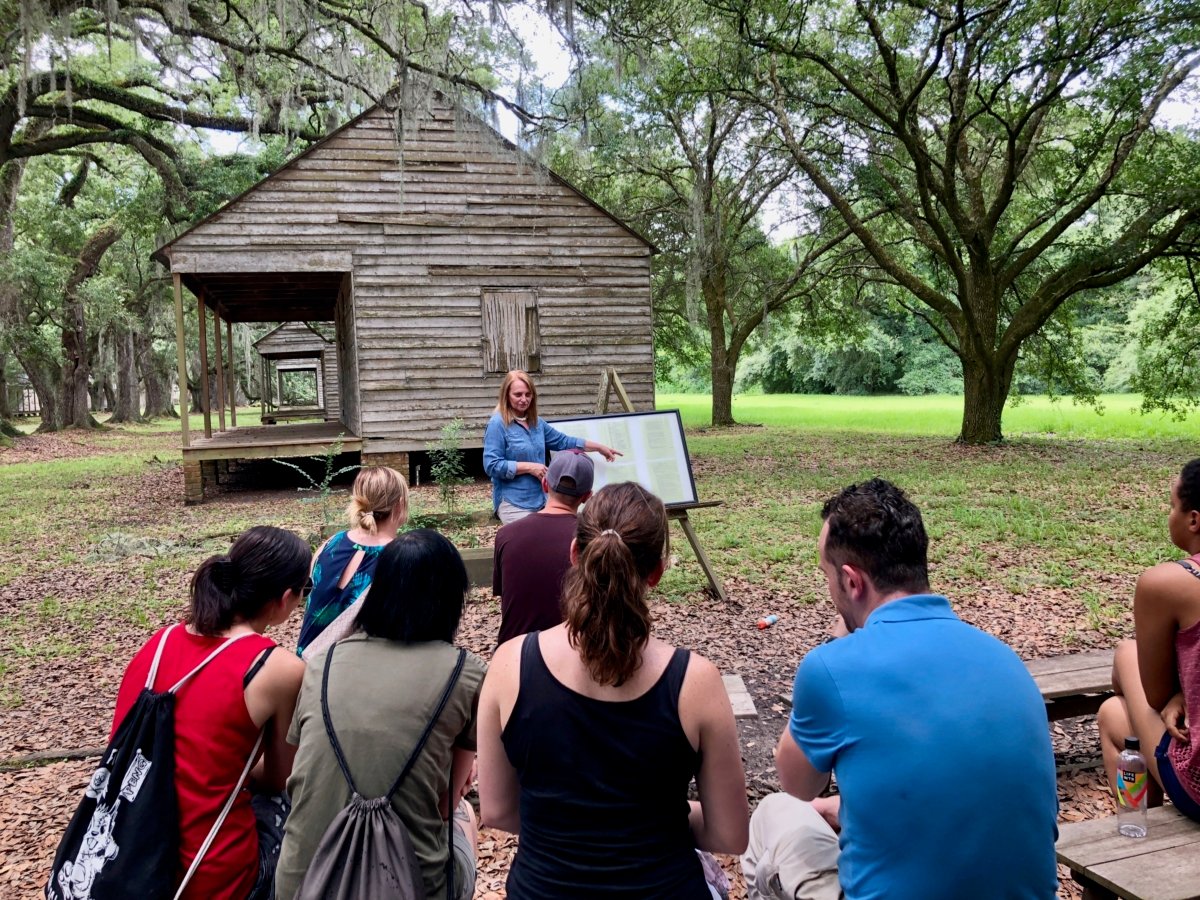
The Evergreen Plantation website states: “We take the interpretation of this site very seriously and strive to do justice to its history.”
This pledge was evident throughout the walking tour. The depth of knowledge and superior communication skills of our guide helped me comprehend historical elements I knew about, but had never fully understood.

A transcribed list of Pierre Clidamant Becnel’s possessions from an 1835 bankruptcy lists the the names, ages, origins, and occupations of 54 slaves he owned at Evergreen.

A peek inside an Evergreen Plantation slave cabin makes one wish these walls could talk.
Evergreen Plantation has served as a location for the motion pictures Mandingo, Django Unchained, Abraham Lincoln Vampire Hunter, and Free State of Jones.
Evergreen Plantation is open Monday through Saturday, except holidays. 90-minute guided walking tours of the main house and slave quarters are offered at 11:15 AM and 2:00 PM.
Destrehan Plantation
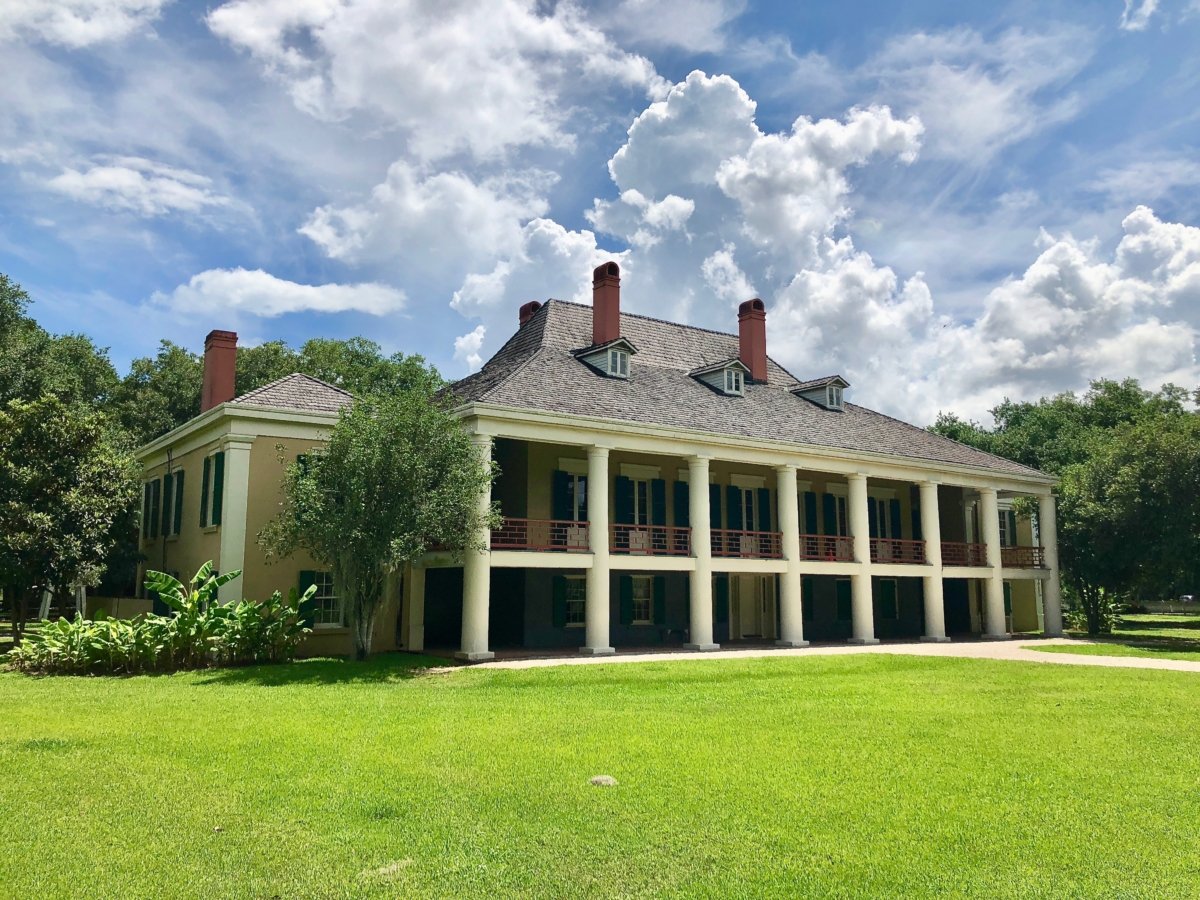
Completed in 1790, the mansion at Destrehan Plantation is the oldest documented dwelling in the Lower Mississippi Valley.

It is also a testament to the resolve of community spirit. For twelve years the house sat vacant, and a rumor that pirate Jean Lafitte had hidden treasure in the house resulted in treasure-seekers and vandals stripping the house of valuable furnishings and leaving the property in ruins.
In 1971, the River Road Historical Society was awarded a deed to the property and the process of restoration was begun. The guided tour of the main house gives evidence to the fine restoration and acquisition of period pieces to replace the stolen furnishings. A 1,400 lb. marble bathtub believed to have been a a gift from Napoleon Bonaparte is one of the few fixtures not stripped from the property, for obvious reasons.

A house display honors the memory of Marguerite, an enslaved Destrehan resident born in 1740 who served as a cook and laundress.
Before-and-after paintings and a scale model representation reveal how Greek Revival architectural elements were added to Destrehan’s original French Creole construction.
The lower level of the mansion houses two climate-controlled rooms where rare documents and artifacts are displayed.
The vault-like Jefferson Room stores an official proclamation, signed by Thomas Jefferson and James Madison, assigning Jean Noel Destrehan and three other men to the Orleans Territorial Council. These respected landowners were tasked with easing the transition from French to American rule following the Louisiana Purchase.
The adjacent Legacy Room displays original Destrehan family possessions and a digital touch-screen system for accessing more than 600 historical family records.
Destrehan’s Education Center is housed in a former overseers cabin. The museum presents an exhibit about the 1811 German Coast slave revolt through interpretive panels and folk art acrylic paintings.
One of three trials resulting from the insurrection convened at Destrehan Plantation, and Jean Noel Destrehan was appointed to serve on the tribunal. Eighteen rebel slaves were executed, and their decapitated heads were displayed on pikes along the River Road, as a warning to other slaves.

Another exhibit in the Education Center is dedicated to Destrehan Plantation’s role as a successful home colony for the Freedmen’s Bureau between 1865 and 1866.

Other than Houmas House, Destrehan is the only plantation I have visited where interpreters are dressed in period costume. Guests who enjoy living history will appreciate the daily craft and folk-life demonstrations.
Most of the outbuildings at Destrehan were destroyed during the years the property was owned by an oil refinery. Two original slave cabins from Helvetia Plantation have been relocated to the property. An interpretive panel displays the names and descriptions of Destrehan’s enslaved residents as recorded on estate inventories and slave sales.
Scenes from Interview with the Vampire and 12 Years a Slave were shot on location at Destrehan.
Destrehan Plantation is open daily except major holidays, and guided tours begin every half hour between 9:30 AM and 4:00 PM. For air travelers on long layovers or tight schedules, Destrehan is conveniently located only eight miles from the New Orleans airport.
Laura Plantation

Laura Plantation is unique in several ways. Most noticeably, the 1804 manor house is one of the few remaining Creole plantation homes that was never remodeled to a Greek Revival style.
The brightly painted house today is only a fragment of its former self, due to a 2004 electrical fire that destroyed 80% of the original structure.
But then at Laura, it’s not about the house.
Laura’s story is about people.

And the narrative is driven by four generations of Louisiana women of the Duparc-Locoul-Waguespack families, as recorded by the plantation’s namesake Laura Locoul Gore, whose memoirs are the basis for the stories recounted daily during guided tours.
Laura, who never owned slaves, completed her writings in 1936. The handwritten manuscript, rediscovered in 1993, was published in French and English in 2000 as Memories of the Old Plantation Home & A Creole Family Album.
Enslaved residents are also part of Laura’s story. In fact, Laura was the first Louisiana plantation to use the term “slave” instead of “servant” for interpretation from the time it opened to the public in 1994.
Two 1840s slave cabins remain on the grounds at Laura Plantation. Here, in the 1870s, professor and folklorist Alcée Fortier recorded the West African tales of Compair Lapin, that when translated to English would become the “Br’er Rabbit” stories.
But again, Laura is not about the house.
Prior to emancipation, each family member at Laura Plantation had a personal slave who was with them at all times, and even though masters and slaves may have moved in the same circles and worn more elegant clothing, integration did not mean equality.
In Creole feudal class society, slaves were at the lowest level, even though their role was essential to its existence. In Louisiana, there were slaves of Native American, African, and European heritage, because social class, and not race, was the determining factor.
To better interpret the slave experience, a small museum entitled, “From the Big House to the Quarters: Slavery on Laura Plantation” was opened in 2017. Exhibits present themes such as the slave trade, resistance and runaways, the field, religion, and how the domestic lives of slaves integrated with the lives of their masters.
The museum’s visitors guide puts it best:
“The stories you read on these walls are those of people who were vital to the history of this plantation. Theirs was a life of tragedy and triumph. Many of them were unknown or forgotten until now. Read their stories and speak their names; keep them alive. This exhibit is dedicated to their memory.”

Narrated in Creole and subtitled in English, the moving story of Edoard, a slave at Laura Plantation, is best told in his own words. This 2:30-minute video is a must-watch!
Laura Plantation is open daily, except on major holidays, with 70-minute guided tours beginning every 40 minutes between 10:00 AM and 4:00 PM.
Whitney Plantation

At Whitney Plantation, the slave experience is not a part of the tour. It is the tour. In fact, Whitney’s sole purpose is to to honor and memorialize the enslaved men, women, and children who lived and worked at Habitation Haydel (as Whitney was known prior to emancipation), but also greater Louisiana, and ultimately the United States.
Opened to the public in December of 2014, the nation’s first slavery museum is the result of New Orleans attorney and preservationist John Cummings’ passion to remember a forgotten people and tell their stories. Since purchasing the plantation property in 1999, Cummings has invested more than $8 million and hired Senegalese historian Dr. Ibrahima Seck as director of research in order to accurately portray the slave experience. Dr. Seck authored the book Bouki Fait Gombo about the slave community at Habitation Haydel.
One of the most valuable primary sources for interpretation has been the WPA Federal Writers’ Project slave narratives recorded in the late 1930s. Because these interviews were conducted 75 years after emancipation, most of the former slaves recount their experiences as children.
Guest passes to the plantation tour are attached to lanyards and contain the names and profiles of former Louisiana slaves. Designed to personalize the experience, this method reminded me of the ID cards given to visitors at the United States Holocaust Memorial Museum in Washington, DC.
Visitors can search for further evidence of their assigned person as the tour progresses. My pass bore the name Henrietta Butler, and I found traces of her story along the way.
The first stop on the guided tour is the 1870 Antioch (Anti-Yoke) Baptist Church, a building built by former slaves. Upon construction of a modern sanctuary, the congregation donated the historic structure to Whitney Plantation, and it was moved to its present location in 2001.
I was fortunate to join a tour led by Dr. Seck, who shared a brief history of the slave trade before we entered the church.
The Children of Whitney is a collection of 40 sculptures by artist Woodrow Nash, based on real-life subjects from the FWO slave narratives as they would have appeared at the time of emancipation. Most of the sculptures inhabit the church interior, but others can be found at key locations around the plantation.
I found Henrietta Butler’s sculpture here.
The Whitney Wall of Honor bears the names of more than 350 slaves, whose existence is documented in Haydel family plantation inventories.

Beyond the Wall of Honor is a massive 18-wall monument that records the names of more than 107,000 people held in bondage in Louisiana between 1719 and 1820. The Allées Gwendolyn Midlo Hall is named for the eminent historian who researched and created the vast digital database of names in this humanities project.
As a 35-year former school teacher, I have led countless field trips. I could not help but notice how Dr. Seck with patience and tenderness actively included children as valued members of the plantation tour. While viewing a section of the wall, he asked a young lady to read an engraved excerpt from the narrative of Henrietta Butler, and then interpreted the account so a child would understand.
“My damn old missus was mean as hell. You see this finger here? There is where she bit it the day us was set free. Never will forget how she said, ‘Come here, you little black bitch, you!’ and grabbed my finger and almost bit it off.”

The Field of Angels memorial bears the names of 2,200 enslaved babies, born in St. John the Baptist Parish between 1823 and 1863, who died before their second birthday. Their names were recorded in the sacramental records of the Archdiocese of New Orleans.
The bronze sculpture of an angel bearing a child to Heaven is the work of Mississippi artist Rod Moorhead.
Due to its disturbing nature, one of Whitney’s memorials is an optional part of the tour. Tucked away in a private garden niche, 60 Woodrow Nash ceramic sculptures depicting decapitated heads on pikes memorialize the victims of the 1811 German Coast Uprising.
As shocking as the display may be, it represents a mere fraction of the nearly 100 heads planted along the River Road levee between New Orleans and the plantation district.
There were originally 22 cypress cabins in the Whitney Plantation slave quarters, but they were destroyed in the 1970s. Today, seven cabins are situated on the property, two from the Haydel-owned Mialaret Plantation and five from Myrtle Grove Plantation.

Sometimes pictures paint a thousand words.
Historical outbuildings of note on the property include the only surviving French Creole barn in the United States, and the oldest detached kitchen in Louisiana. Robin’s Blacksmith Shop was destroyed in 1965 by Hurricane Betsy, but was rebuilt in 2005. It was the film location for the scene in Django Unchained where Jamie Foxx’s character is suspended upside down.

The 1803 French Creole and Federal style main house is the final stop on the guided tour. It was originally constructed with virtually the same architectural footprint as neighboring Evergreen Plantation.
Most of the period furnishings in the main house were purchased at auction, but they are understated. And no portraits of Haydel family members are displayed on walls. A feature unique to the house are its original wall and ceiling decorative paintings that adorn both indoor and outdoor spaces.
In addition to the 90-minute plantation tour, visitors should allocate at least an additional 30 to 45 minutes for a self-guided tour of the museum.
Guests will learn about the 17th century African Queen Nzinga Mbande who opposed slavery, yet sold prisoners to acquire firearms, and Pope Nicholas V who in 1452 granted Portugal the exclusive right to trade in African slaves.
I could have spent hours reading interpretive panels in the museum exhibits, and I plan to complete the experience when I return.
And I will return.
The Children of Whitney make their appearance in the museum, as well.

An excellent short video from The Atlantic features Whitney founder John Cummings and historian Ibrahima Seck explaining why America needs a slavery museum.

Because most of the guided plantation tour is in full sun, guests should wear sunscreen and/or carry an umbrella.
Whitney Plantation is open daily from 9:30 AM to 4:30 PM, except Tuesdays and major holidays. Guided plantation tours begin on the hour, and the museum is self-guided.
Final Words

The names of the enslaved craftsmen who built the White House were never recorded, and although their memory remains, their names have been lost to time.
The existence of historical estate inventories, church records, and slave narratives have made it possible for Louisiana plantations to honor the lives and tell the stories of their enslaved residents. Oak Alley, St. Joseph, Evergreen, Destrehan, Laura, and Whitney plantations have risen to the occasion and honestly interpret the slave experience in their own unique ways.
Heritage tourists can visit these sites of conscience with confidence, knowing they will hear the truth.
New Orleans Plantation Country offers a wide variety of River Parish plantation tour options.
Lodging and Dining
On this trip to the Louisiana River Parishes I enjoyed two cozy accommodations and the best in Creole cuisine.
Oak Alley Cottages and Restaurant
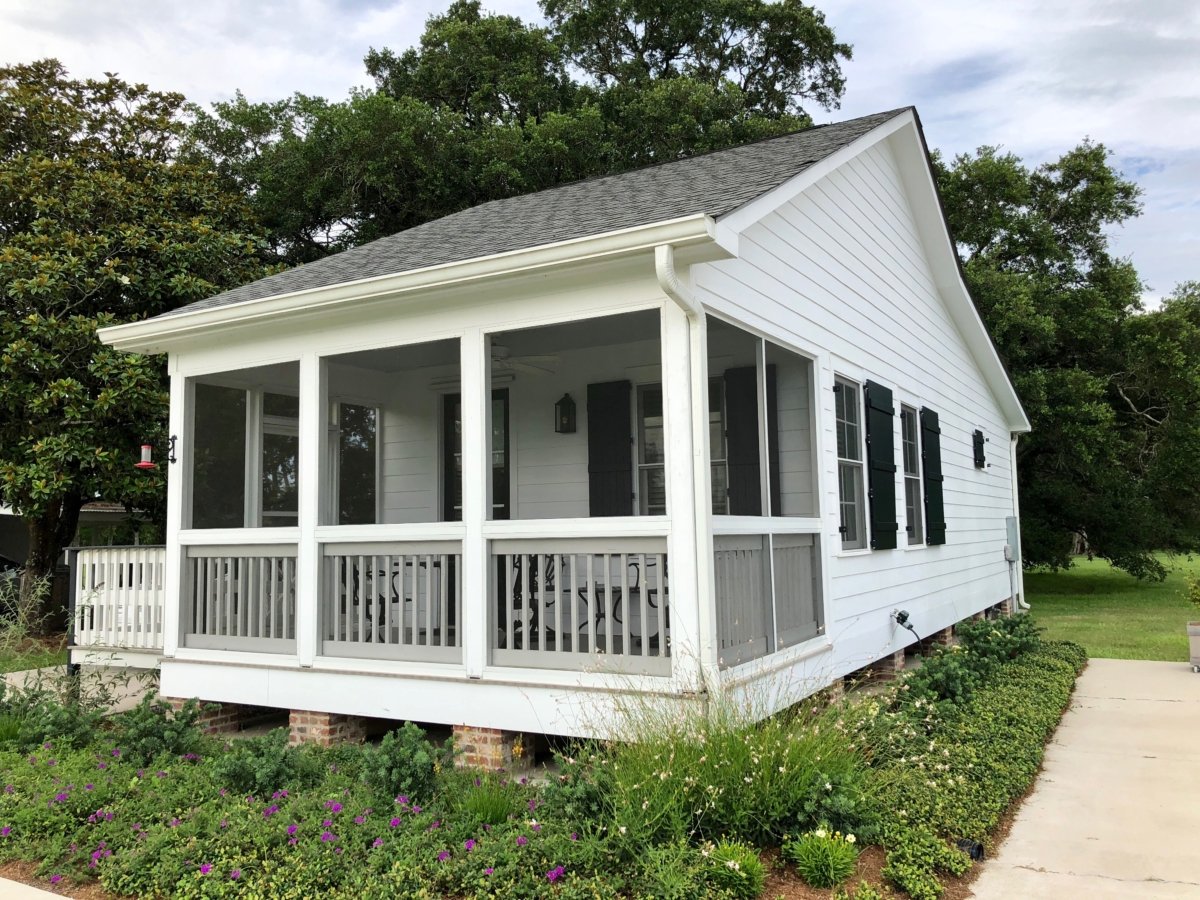
Home base for my first two nights in plantation country was a cottage on the grounds at Oak Alley.
Featuring every imaginable creature comfort, including room service, it was the ideal spot to relax after a full day touring sites along the River Road. Cottage guests have free access to explore the grounds at Oak Alley after hours, and flashlights are available for walks after dark.
Overnight stays include a full country breakfast at the Oak Alley Restaurant.
Spuddy’s Cajun Foods
Spuddy’s Cajun Foods in Vacherie is centrally located to most of the plantations named in this post. It is a quick and easy spot to grab lunch between tours, with a menu that features both Cajun and American favorites.
Creole House
As the crow flies, the Creole House is also situated near the plantations. Alas, it is located in Paulina on the north bank of the Mississippi River, which can only be accessed by crossing the Veterans Memorial Bridge. No matter. The grilled shrimp platter, cole slaw, and loaded mashed potatoes are well worth the drive.
Connie’s Grill
Connie’s Grill in Reserve is also on the north bank of the river. The smothered cabbage and fried oyster Po’Boy at this lunch hot spot were down home fresh.
Frenier Landing
The only thing better than a multi-course meal is enjoying it with family. I met up with my beloved cousin and Louisiana local Lauren Pilié for dinner at Frenier Landing Restaurant and Oyster Bar. We gorged ourselves on charbroiled oysters, filet mignon with creamed spinach and fresh veggies, eggplant Napoleon pasta, and peanut butter and chocolate cake.
TownPlace Suites by Marriott Laplace
The last night of my visit to the Louisiana River Parishes, I stayed at the TownPlace Suites by Marriott in Laplace. If you are looking for accommodations conveniently located between the airport and plantation country, this is your best bet!
Click here to find additional lodging options near Louisiana plantation country on TripAdvisor!
Map It!
More Louisiana Stories on Backroad Planet
If you are considering travel to Louisiana, Backroad Planet offers you a wealth of resources to help you plan the perfect itinerary.
Louisiana’s River Road Plantations
A Louisiana River Road Plantations Driving Tour
Design Your Own Louisiana Road Trip
3 Perfect Days in Lafayette, Louisiana
Explore Ascension Parish, Louisiana
Outdoor Adventure at Toledo Bend Lake and Sabine Parish, Louisiana
Natchitoches, Louisiana, and the Cane River National Heritage Trail
Cultural and Spiritual Encounters in St. Landry Parish, Louisiana
The Acadian Exile, Louisiana Creoles, and the Rise of Cajun Branding
We Would Love to Hear From You
We enjoy dialogue with our readers, especially when they share off-the-beaten-path destinations and useful travel tips. Have you ever taken a Louisiana Plantation tour? If so, we would love to hear about your experience. We invite you to leave your comments and questions below, and we always respond!
Pin this Post!




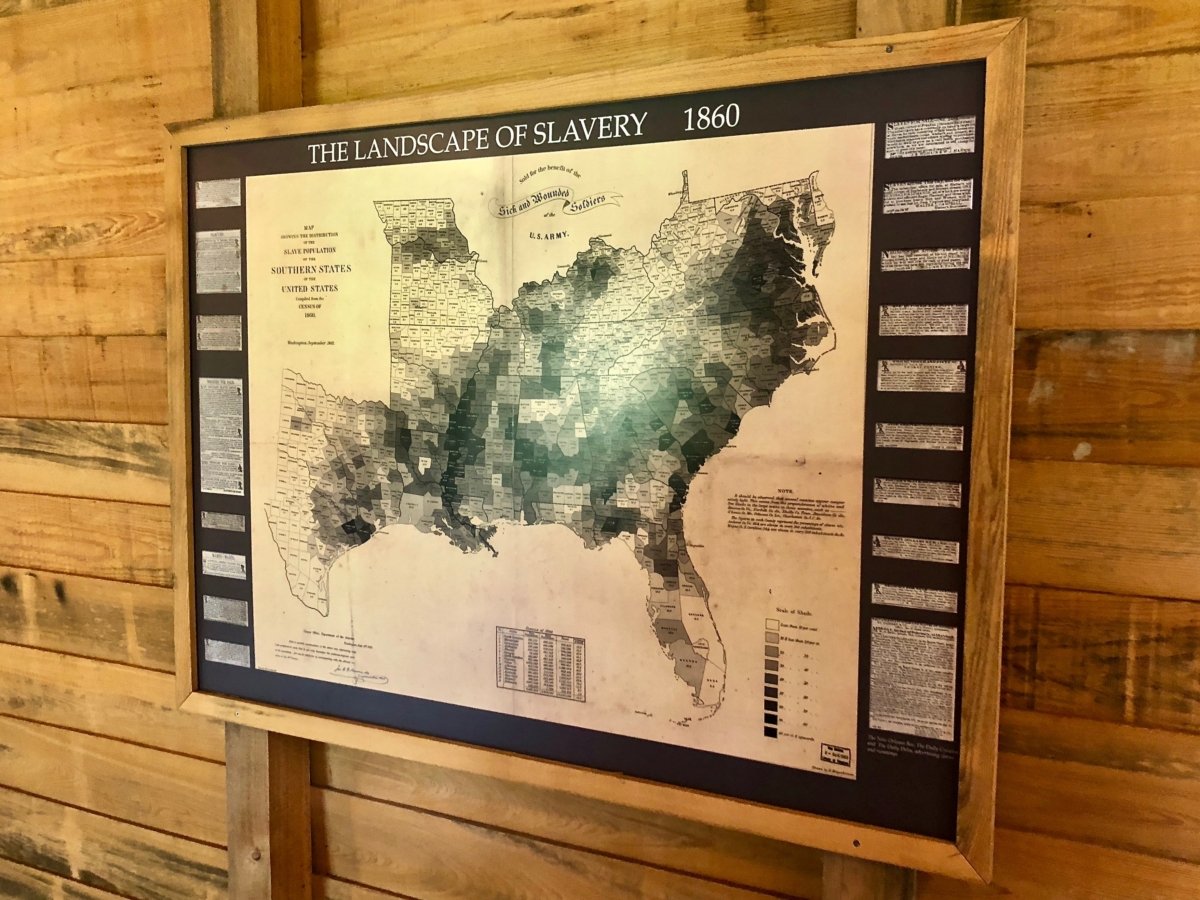








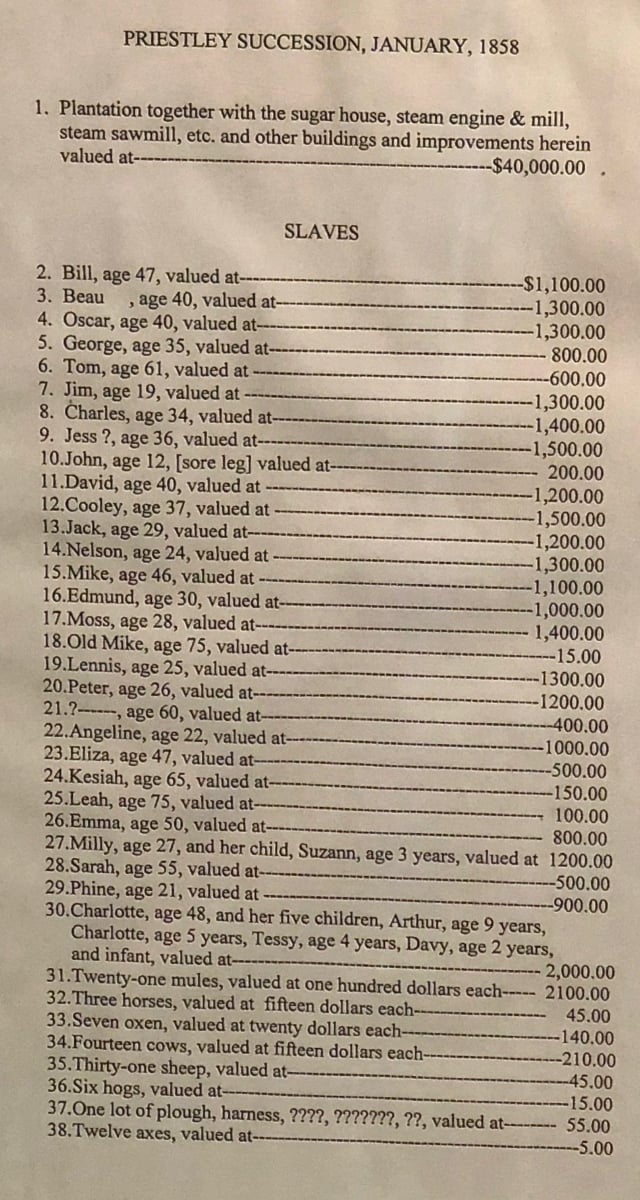



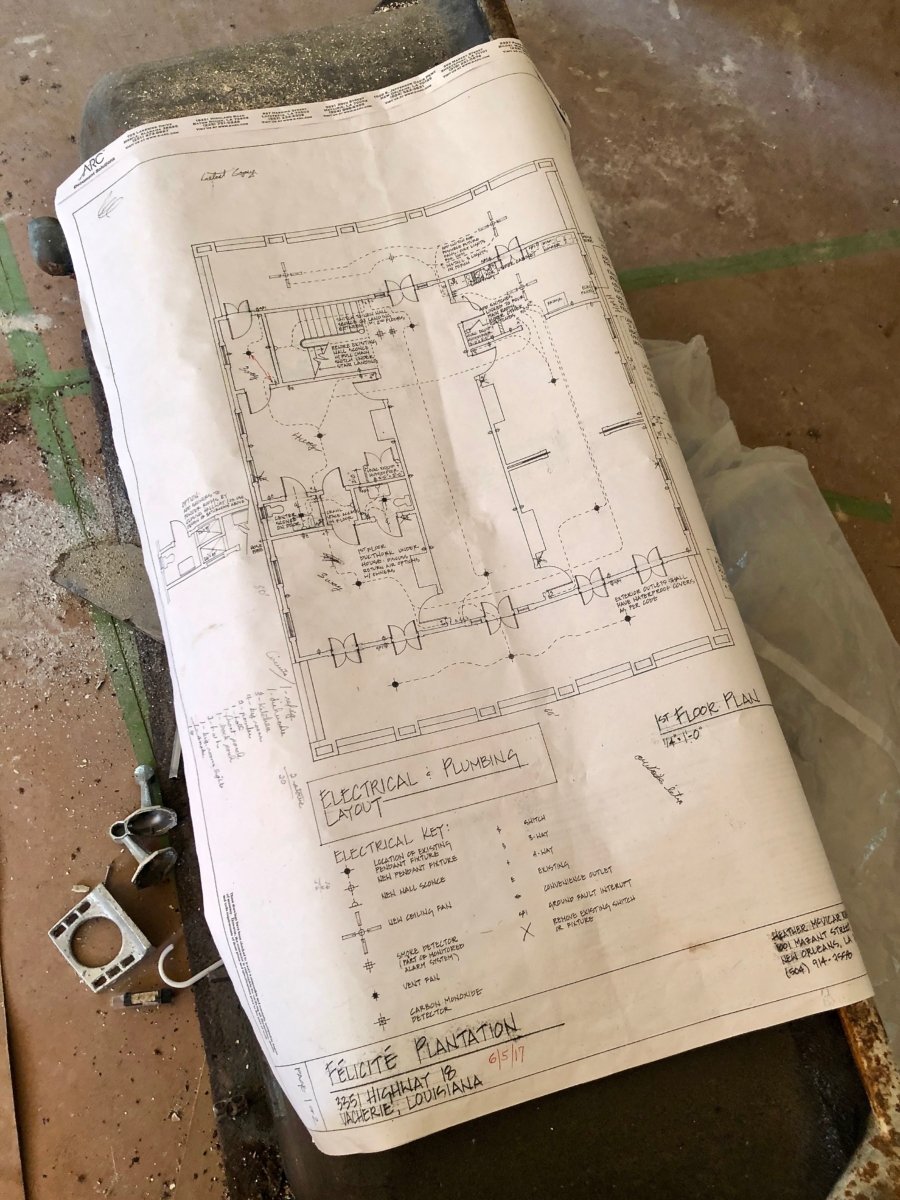
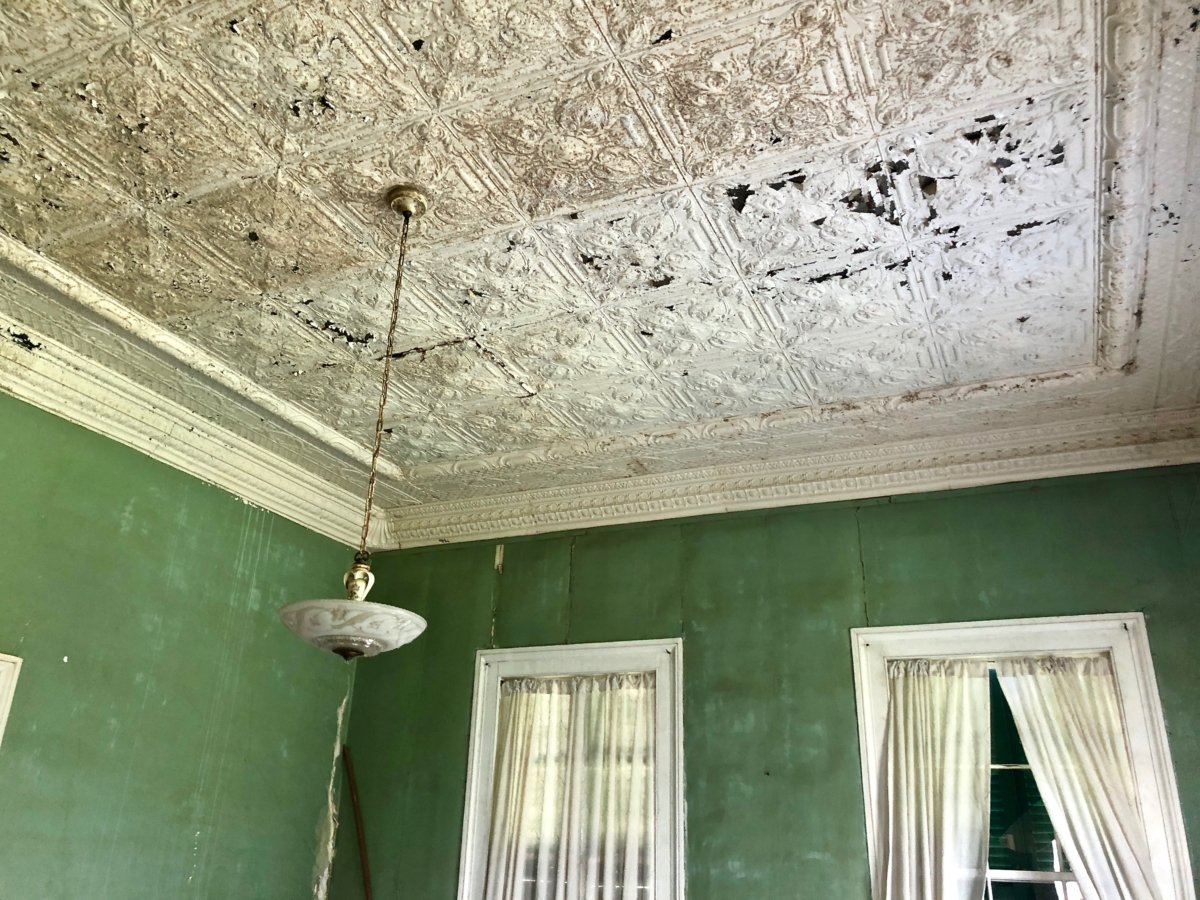

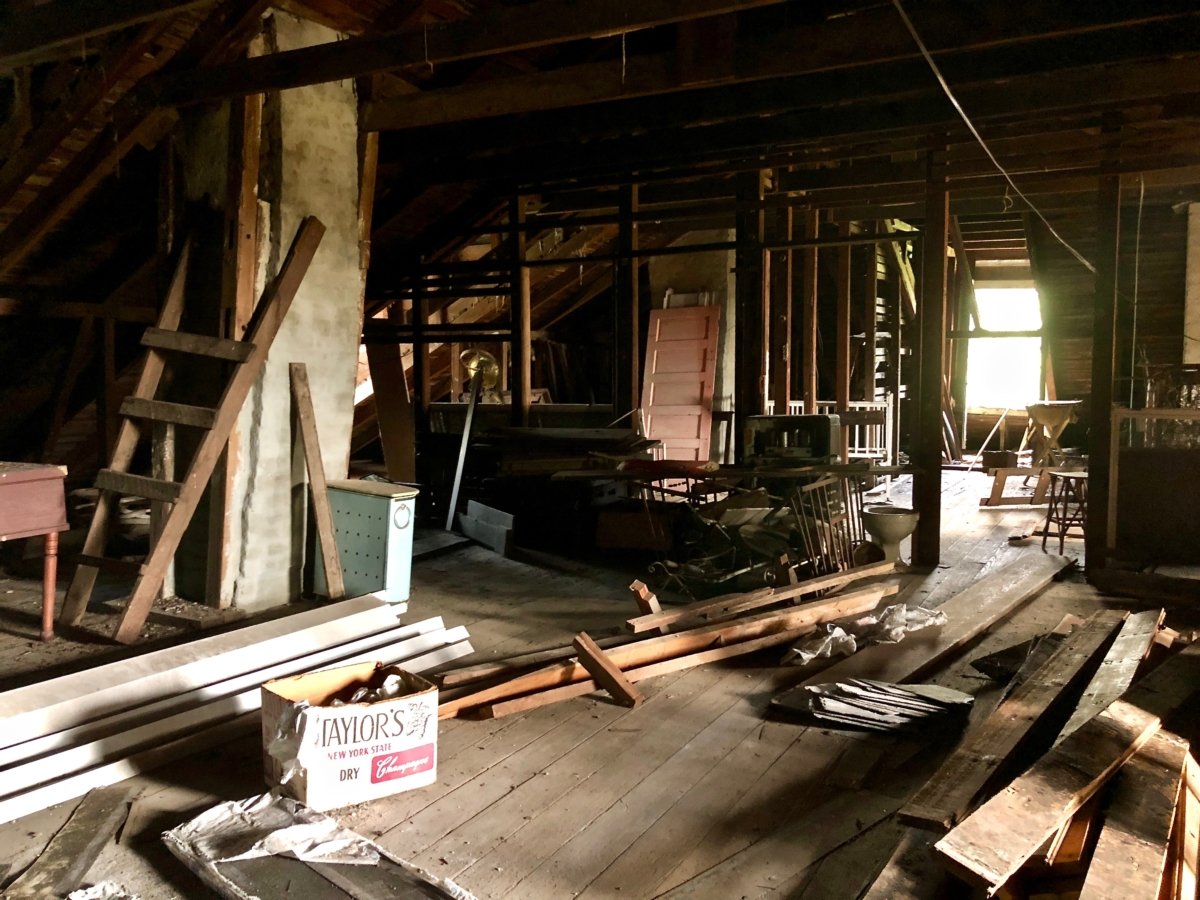





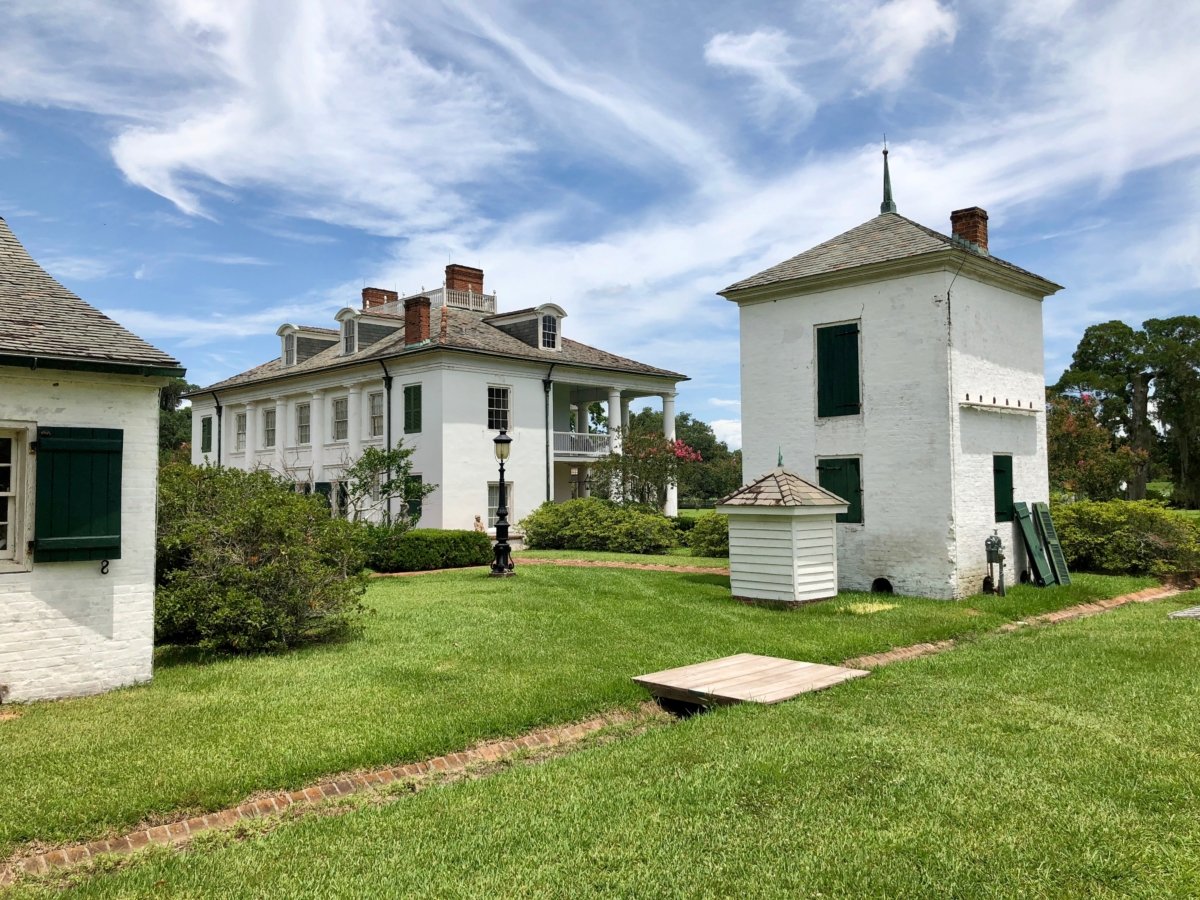

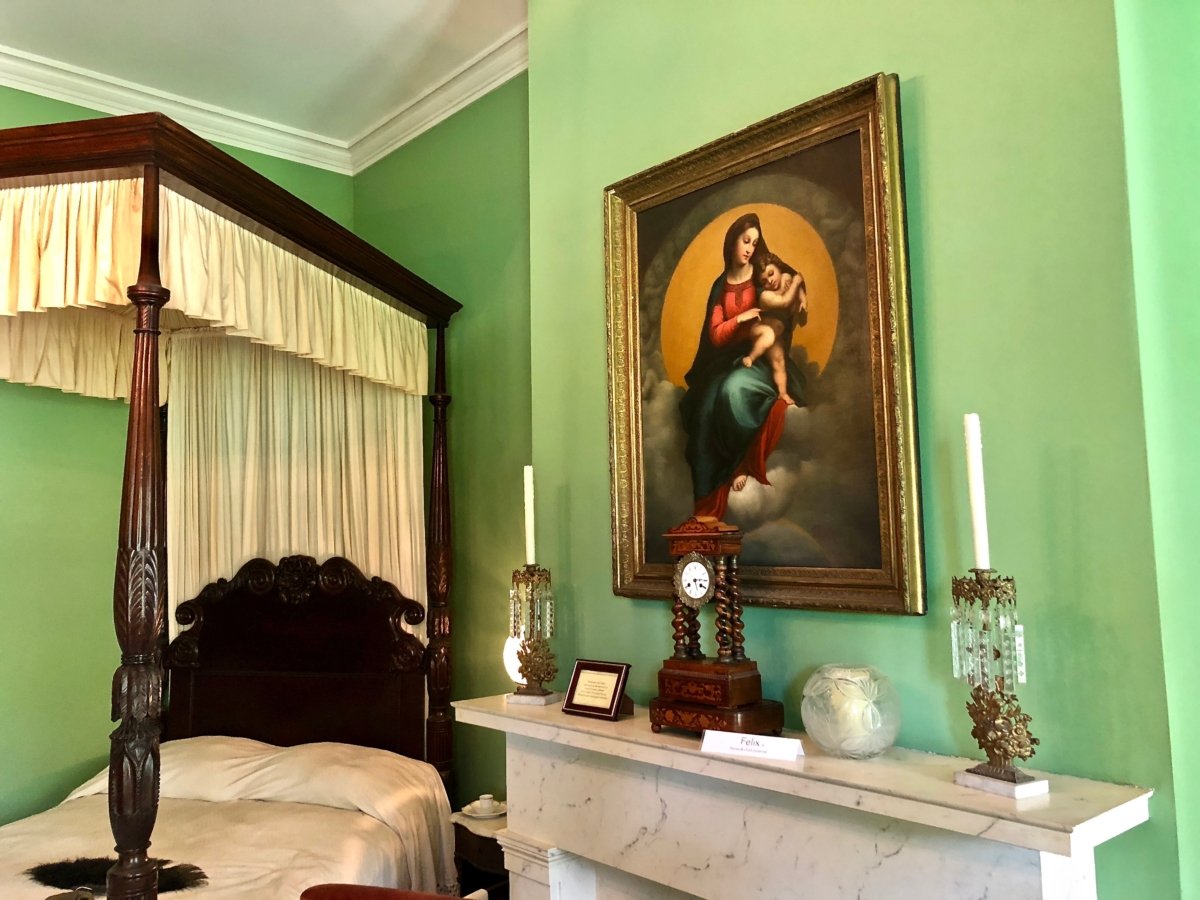







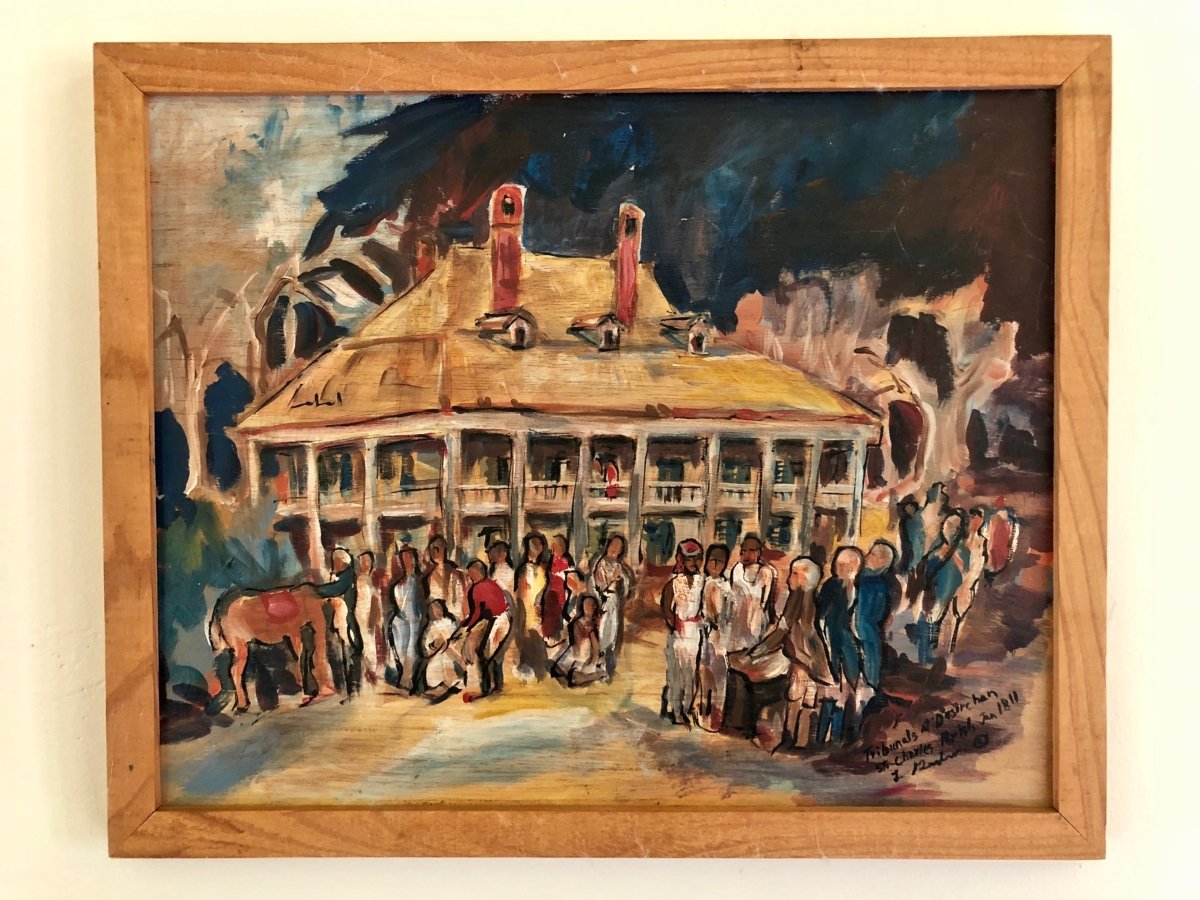
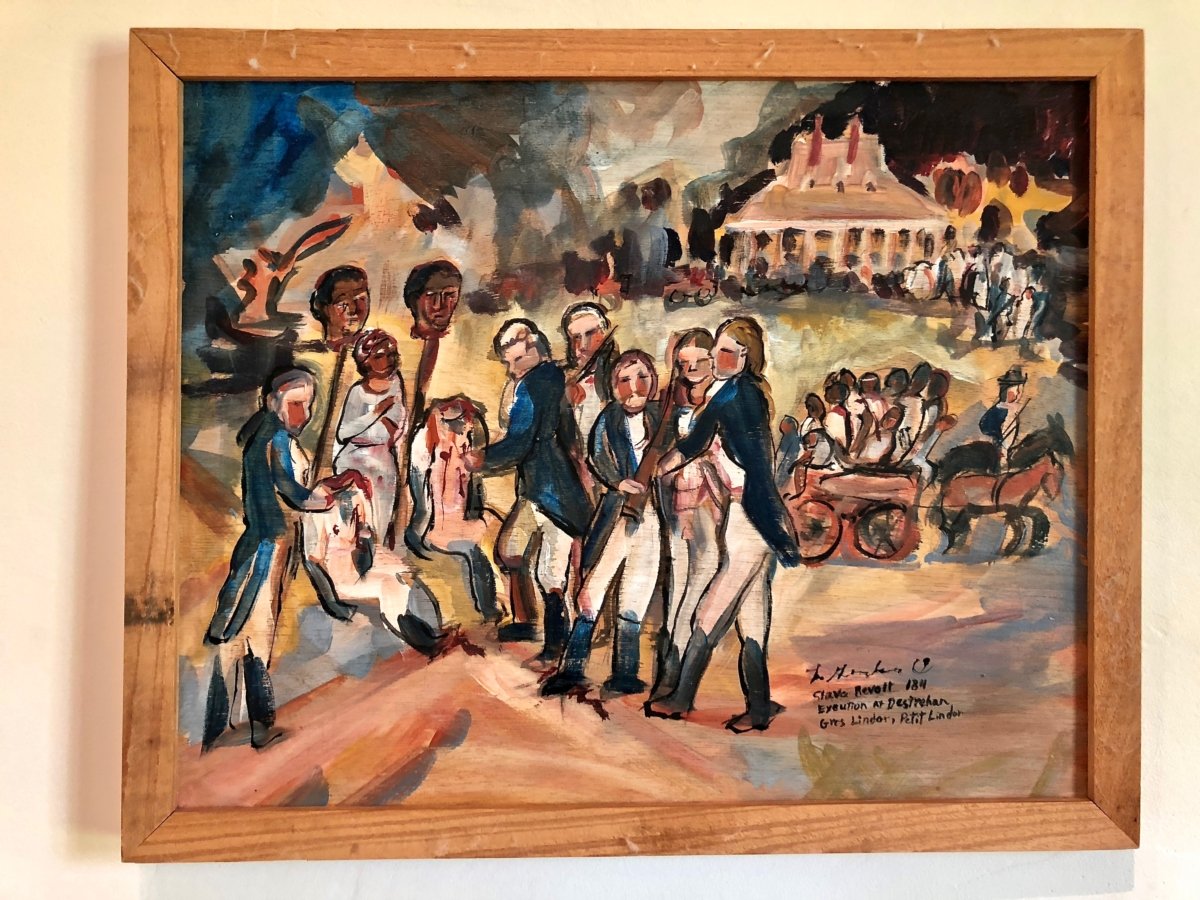

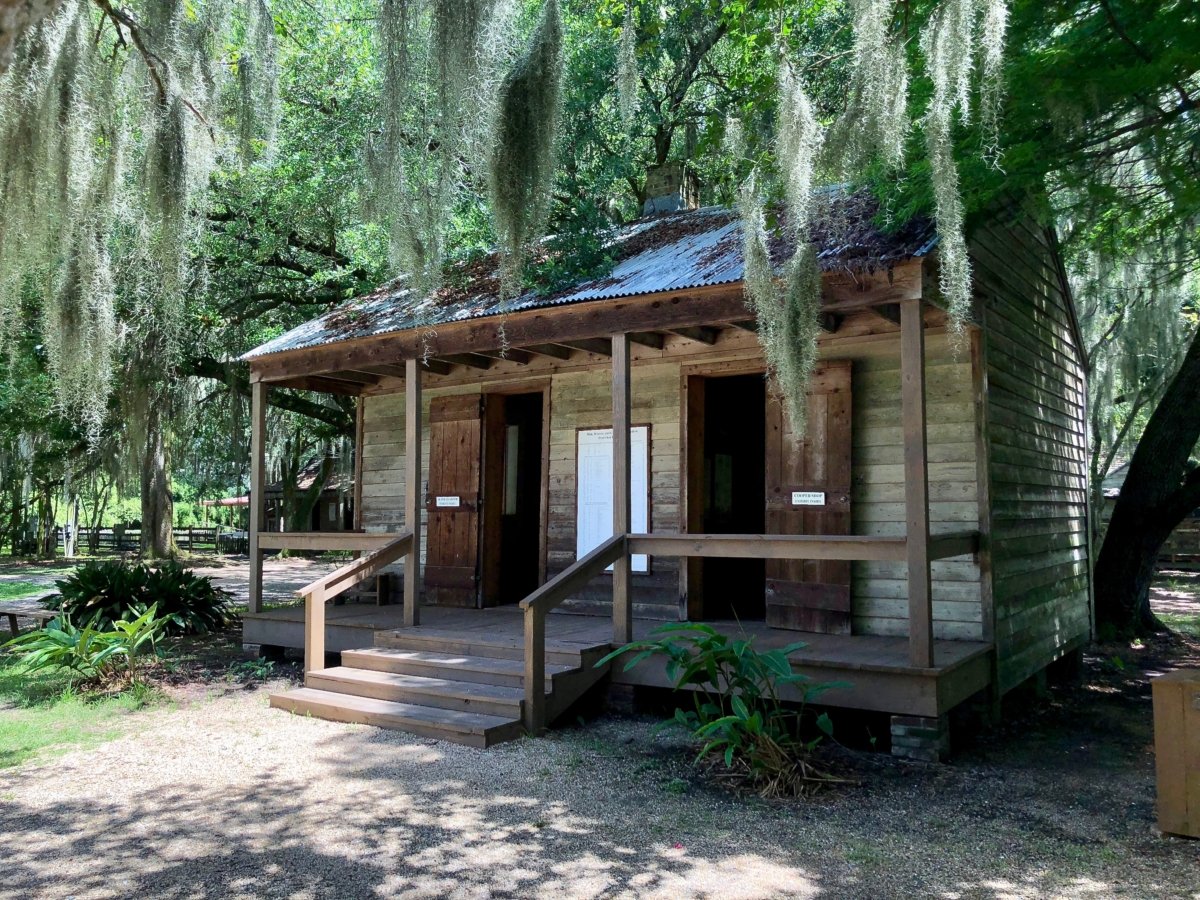







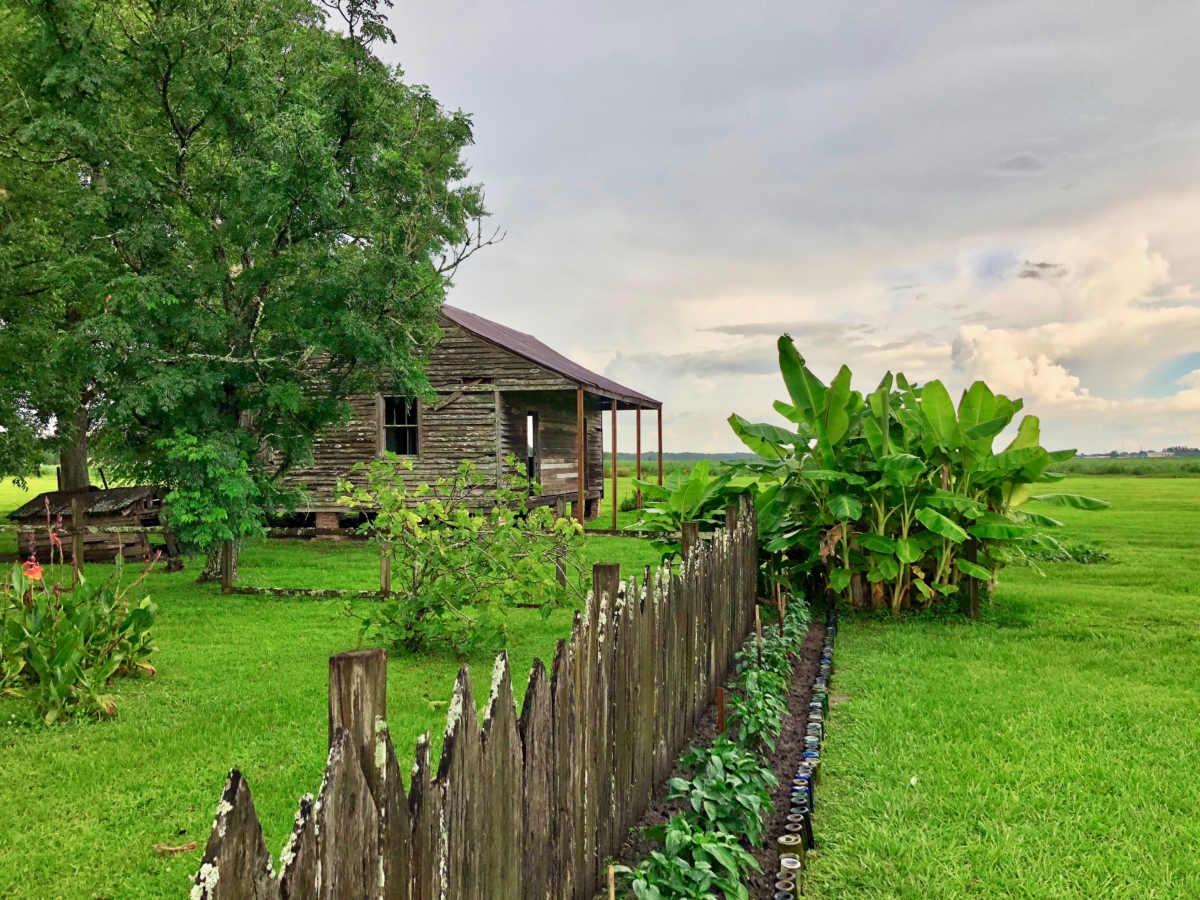


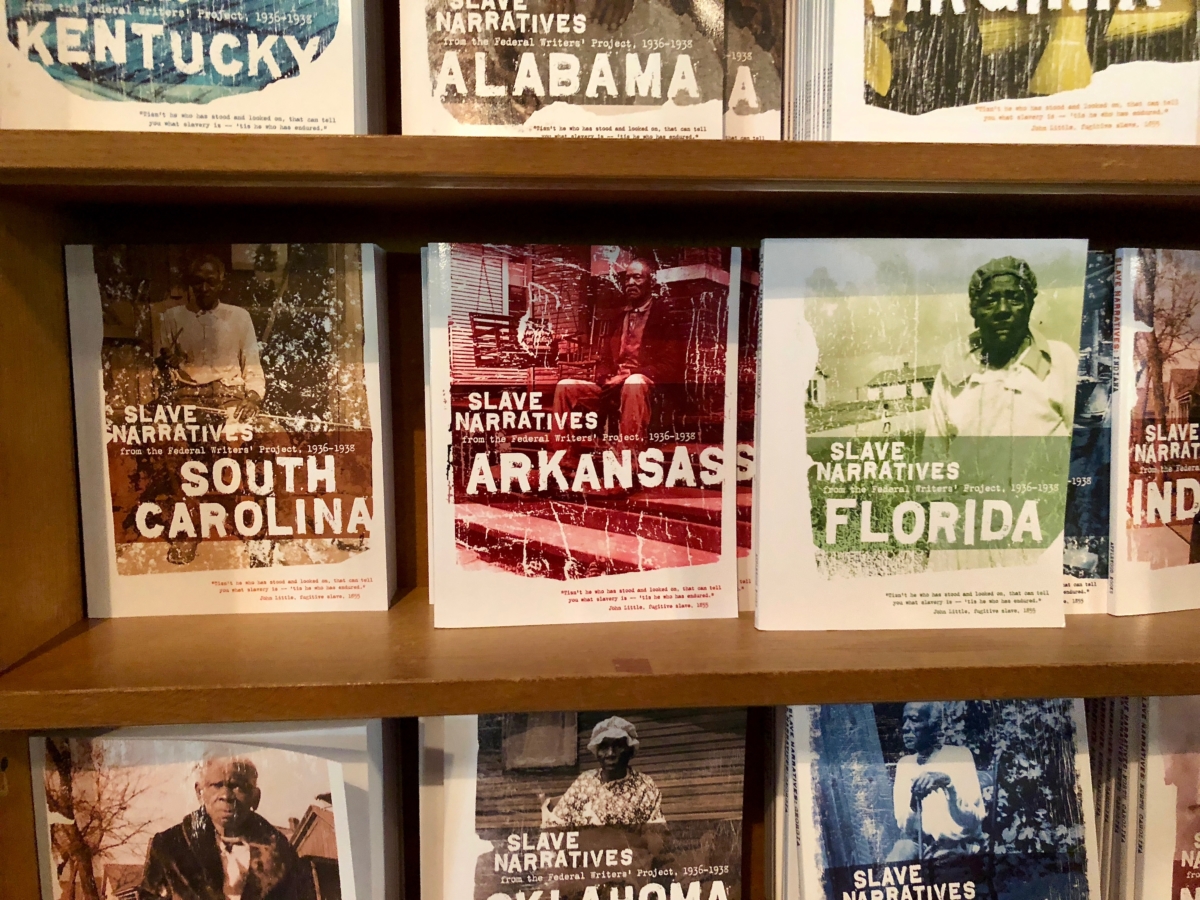
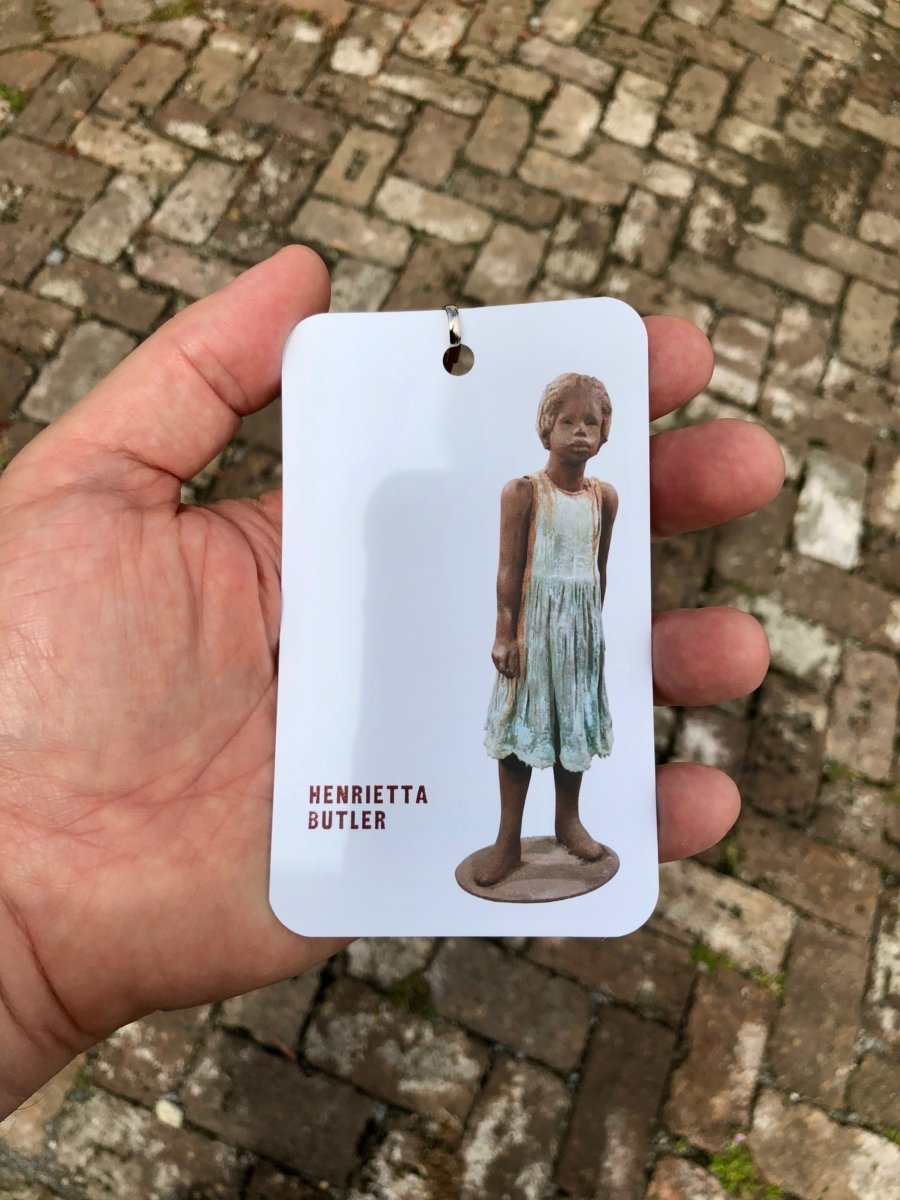
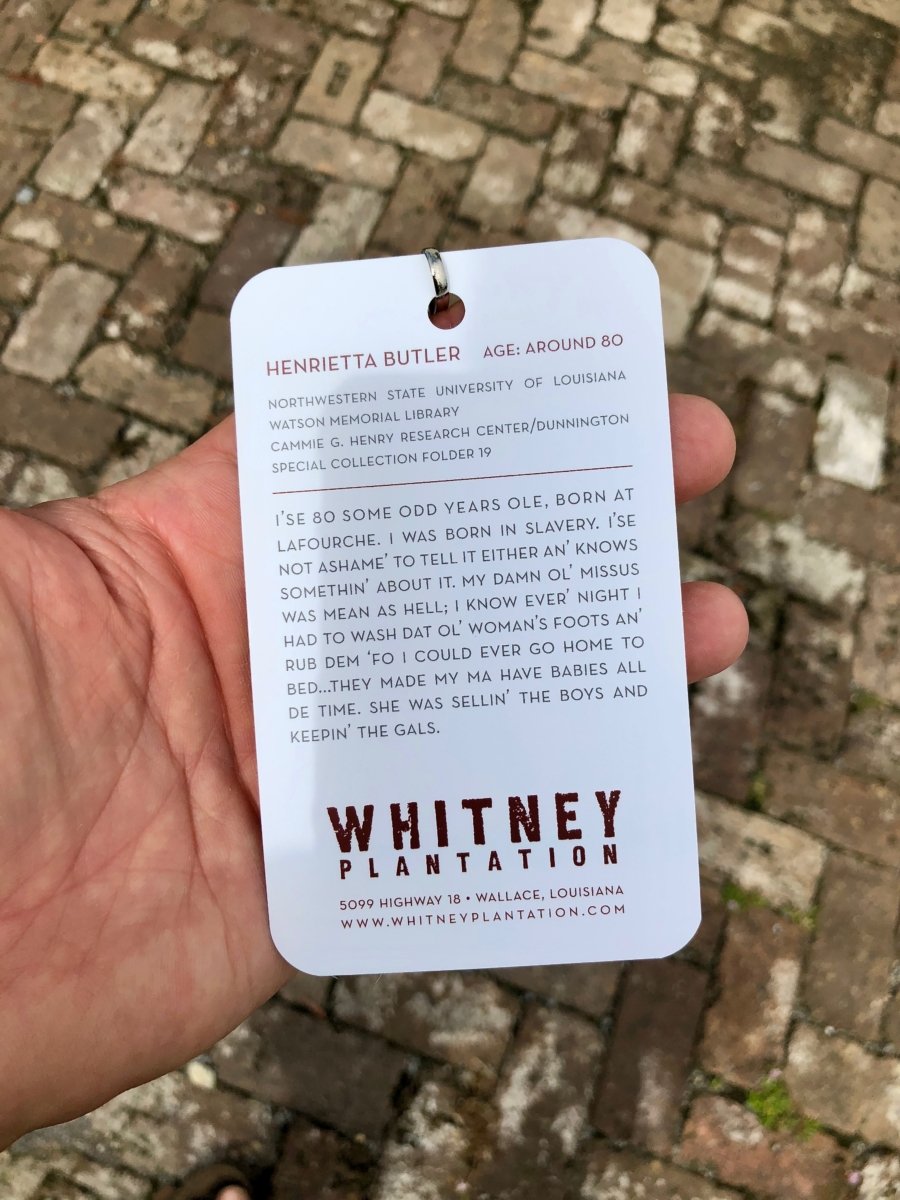


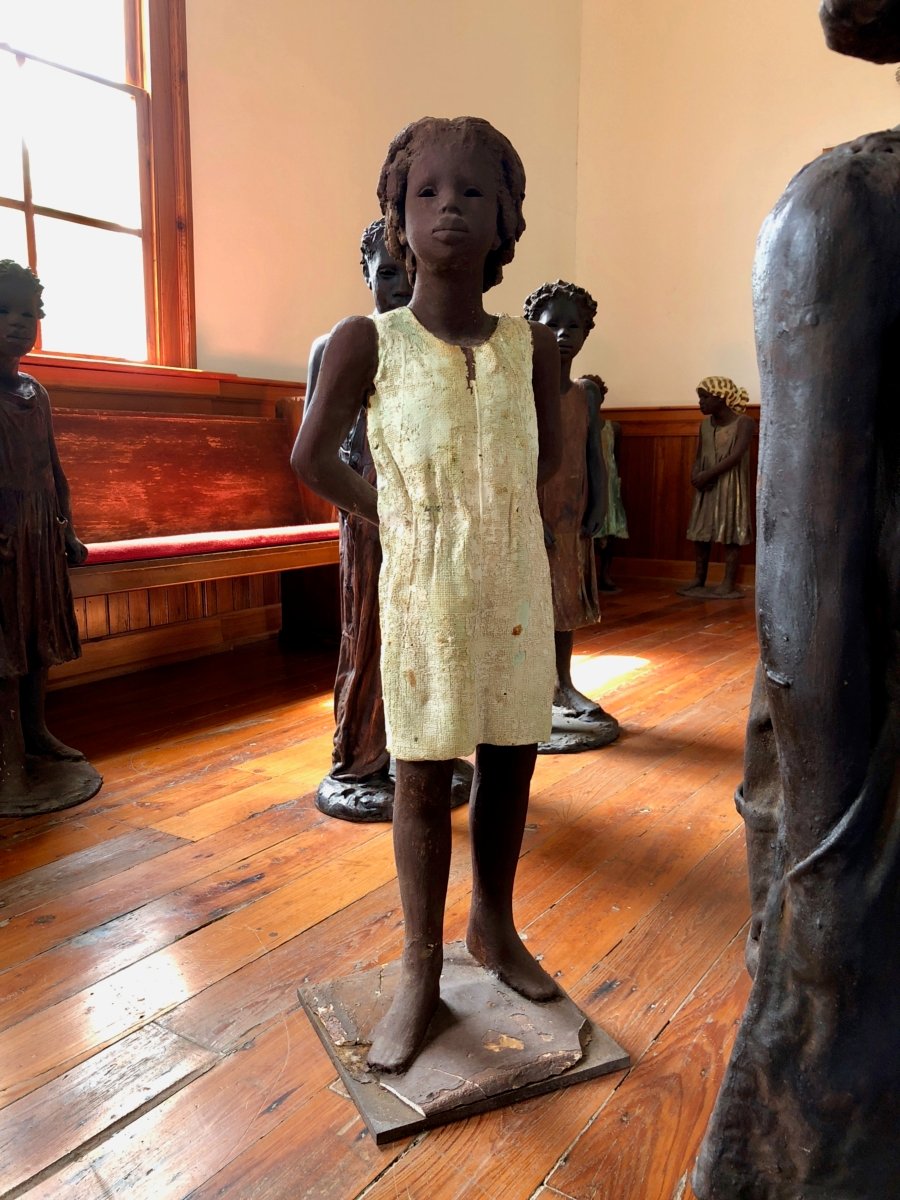

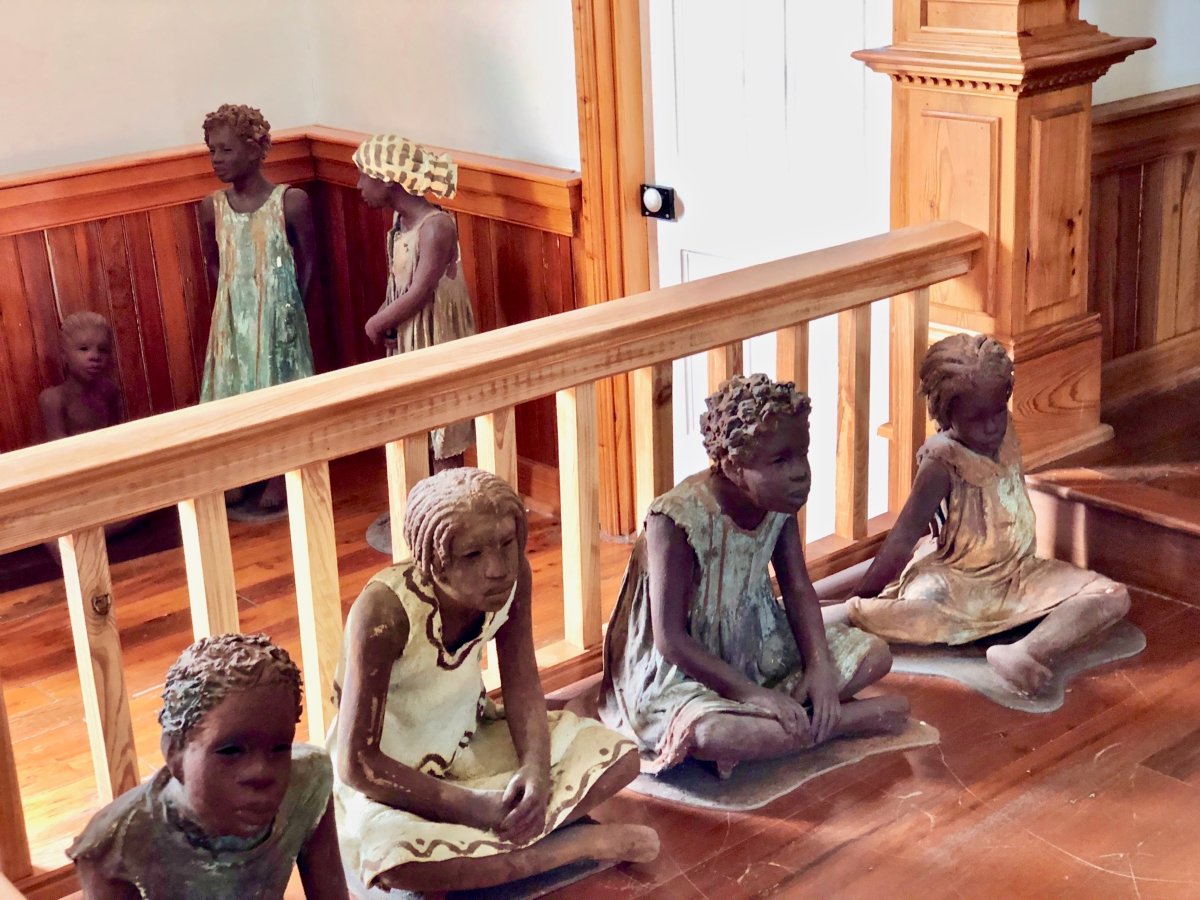





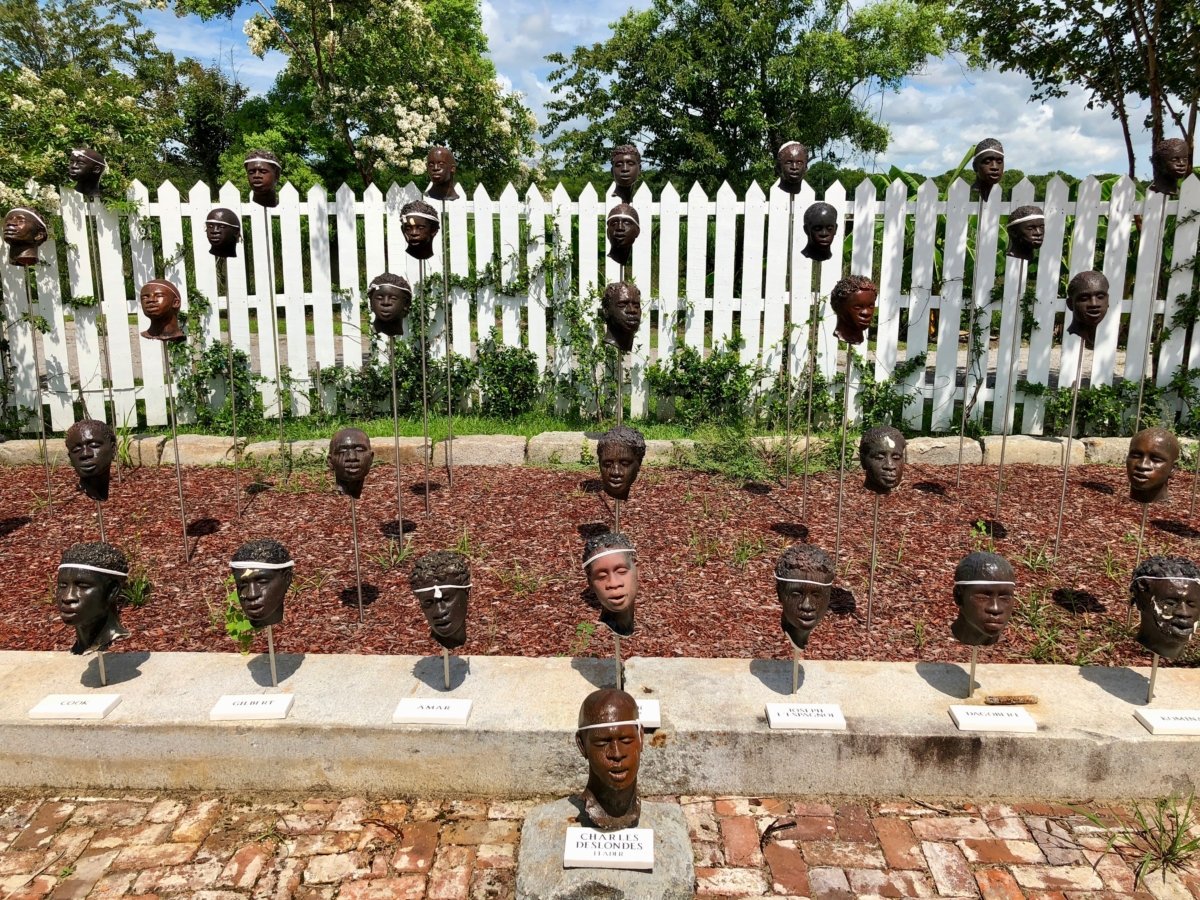




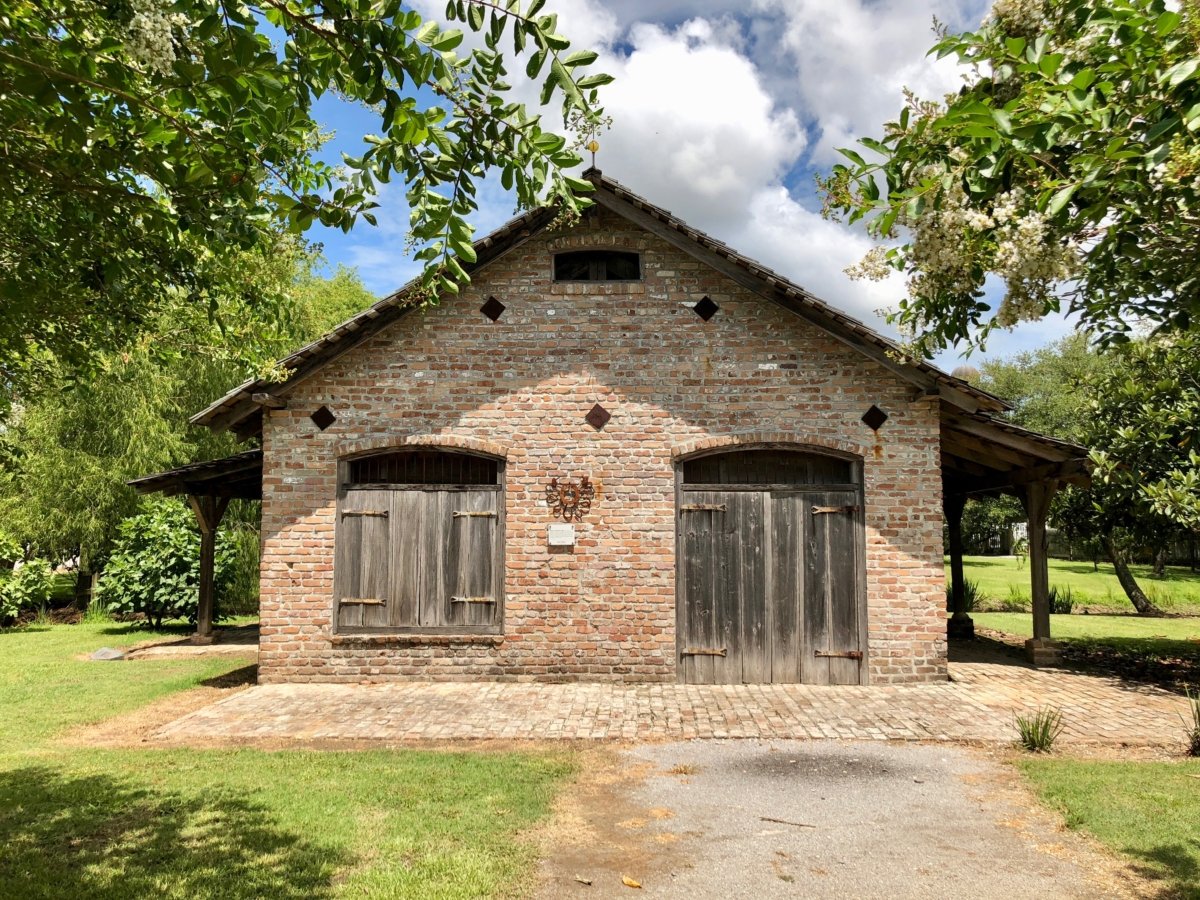
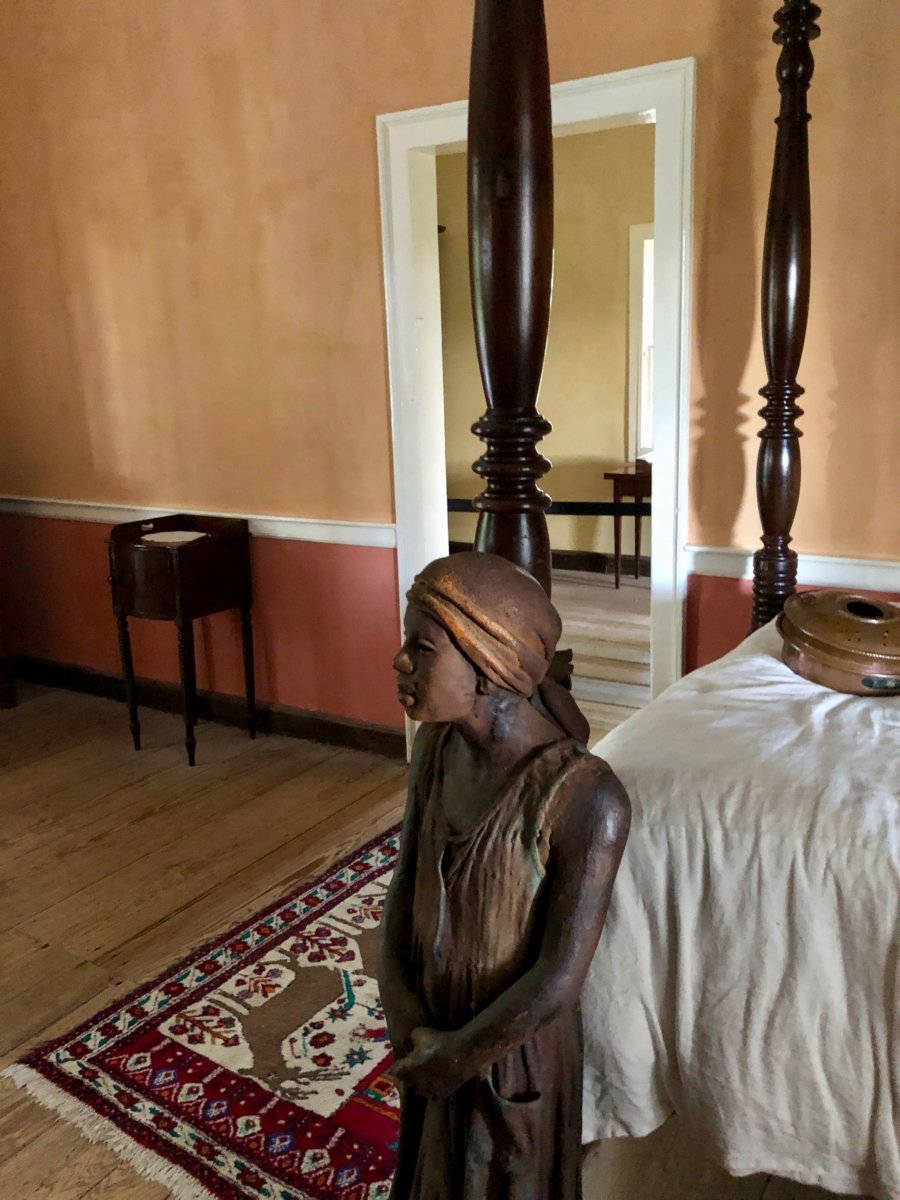


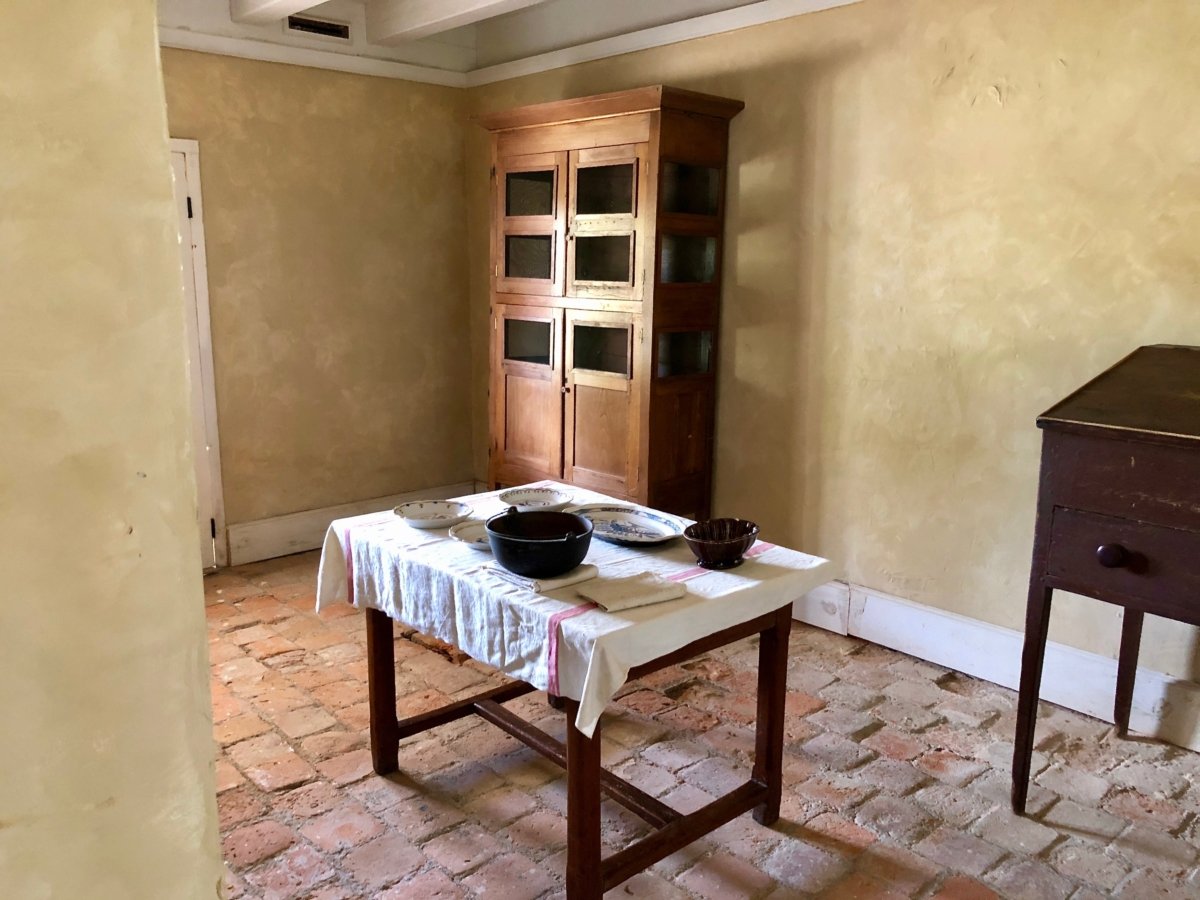

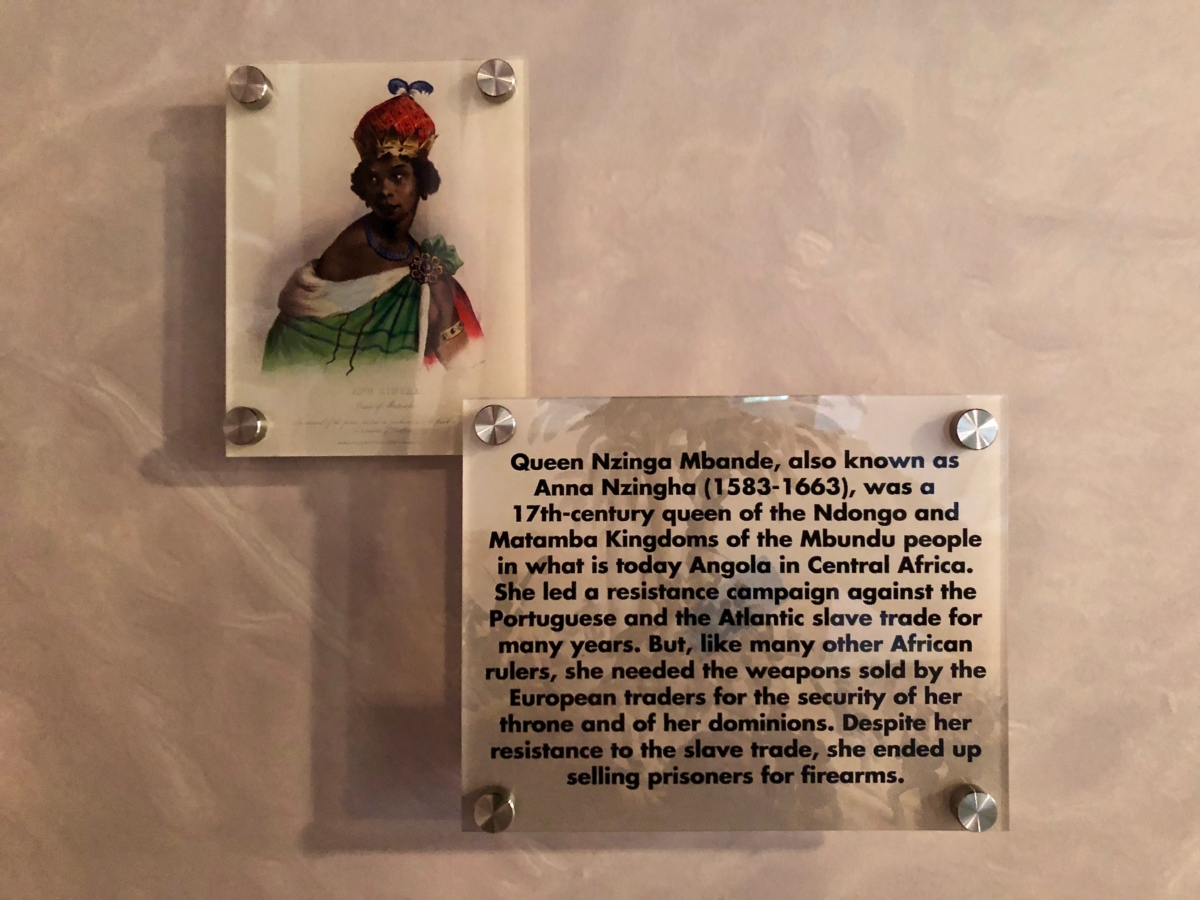





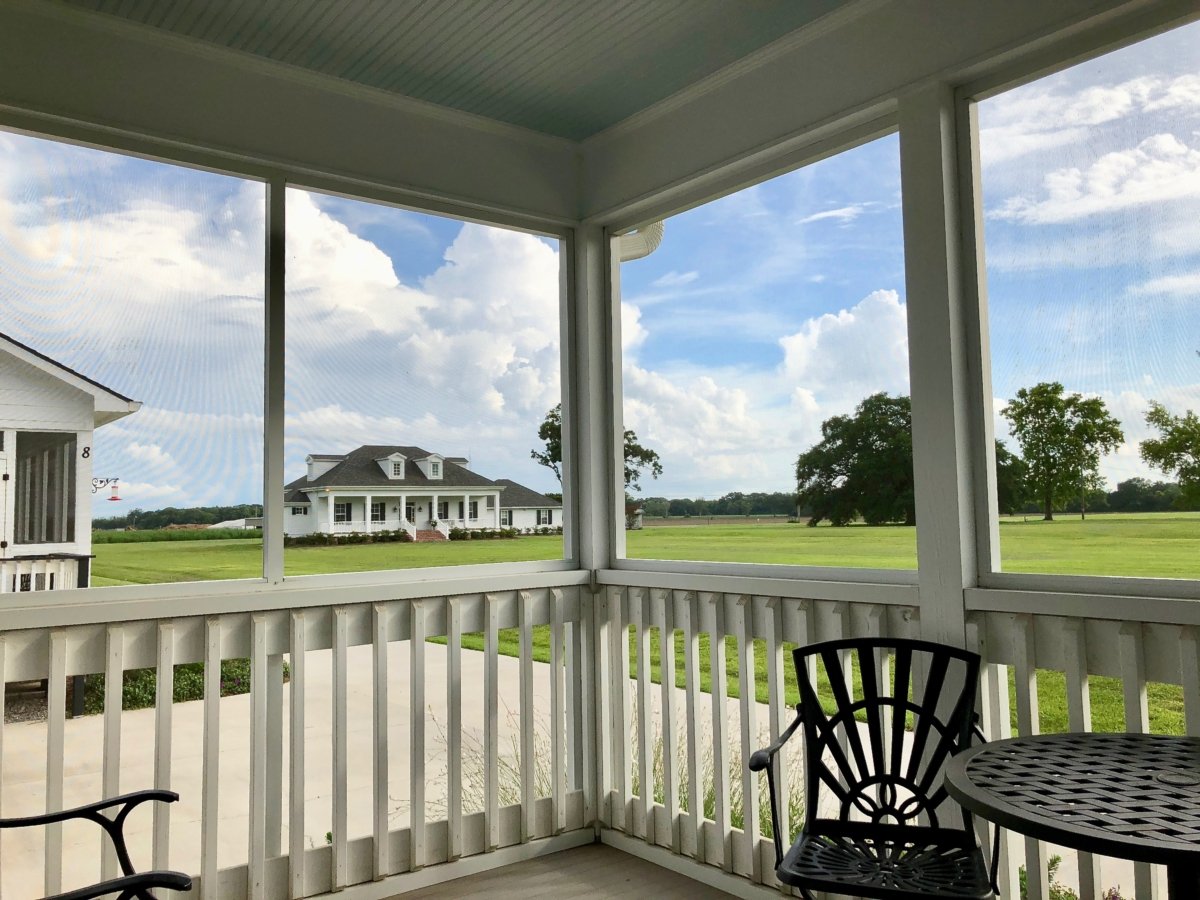












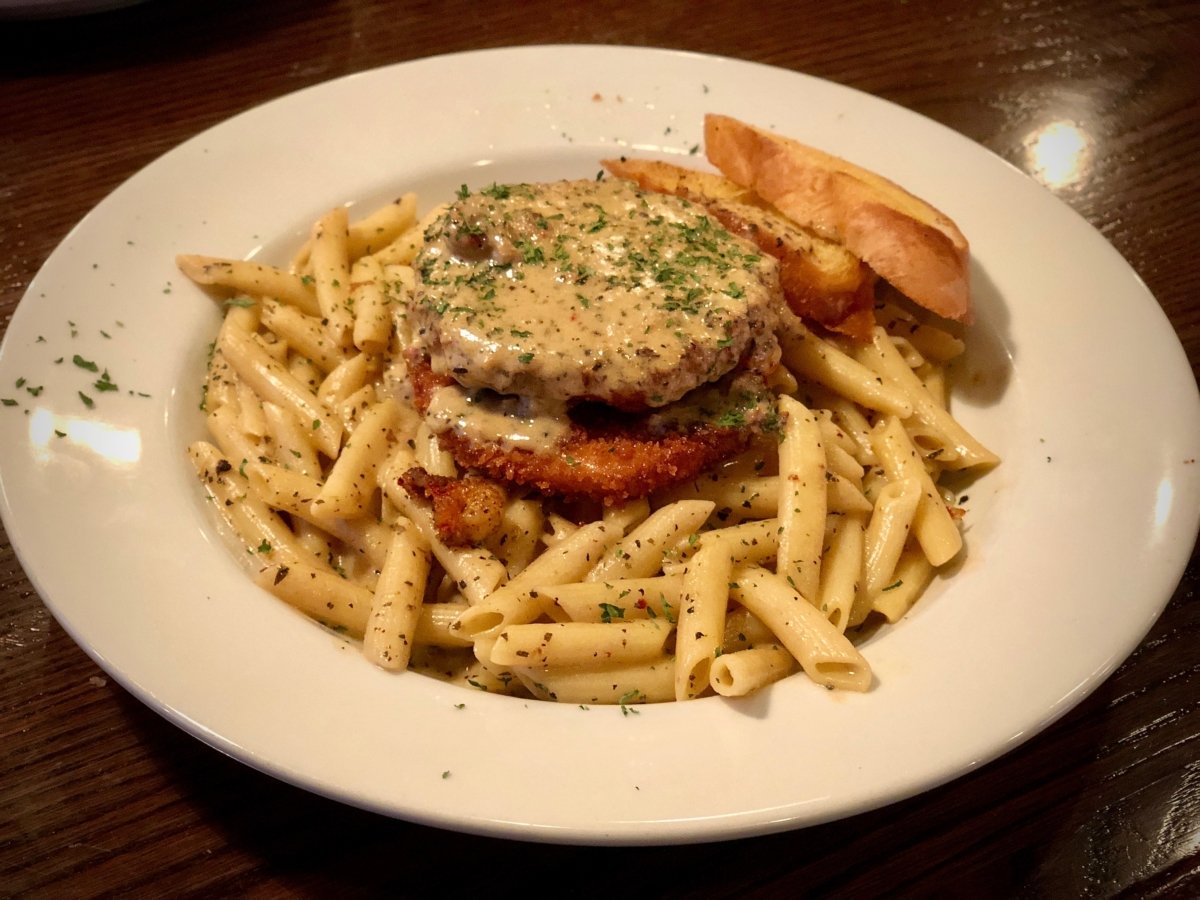

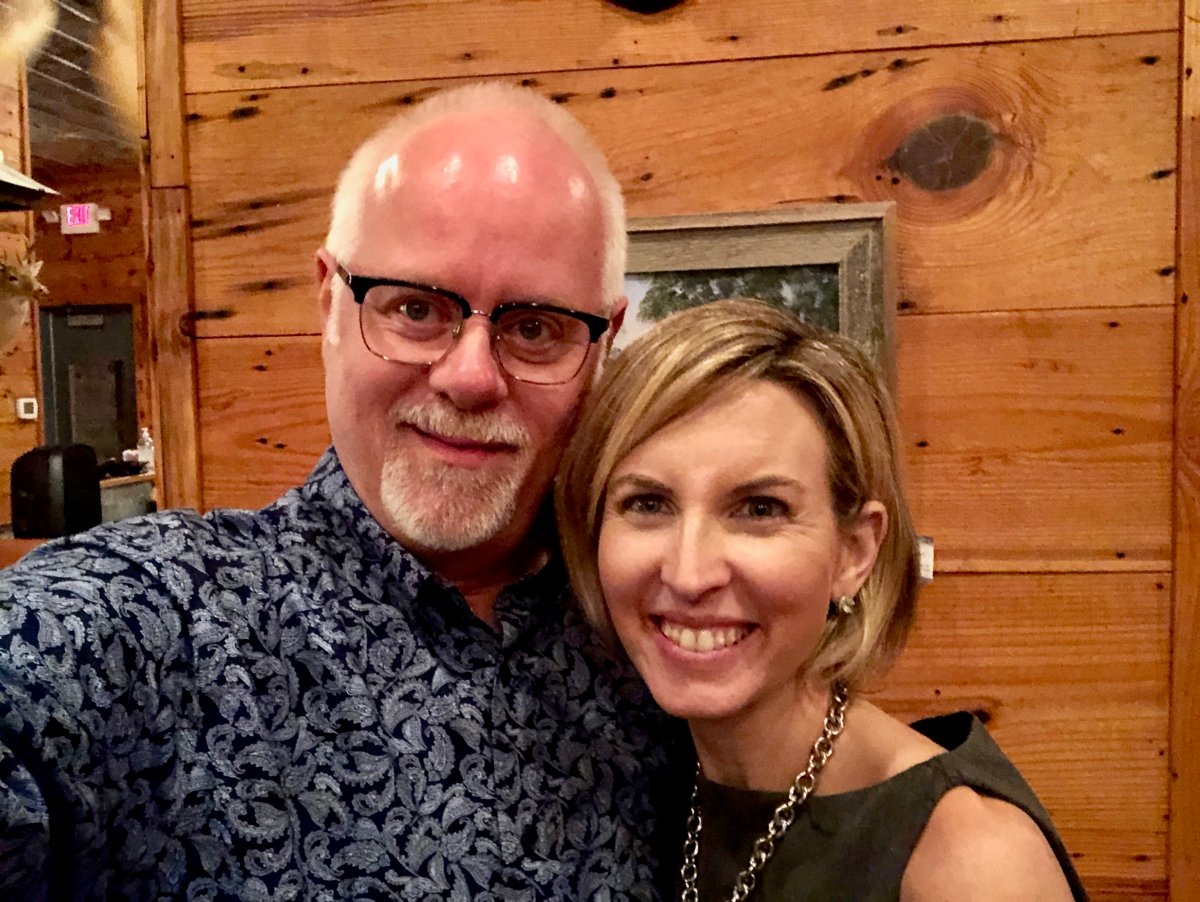



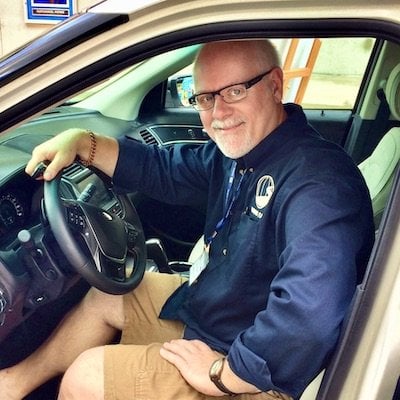
Howard, I am taking this trip in two weeks to write about the plantations that cover slavery in their tours. Thank you for a great preview. On an interesting note New Orleans Plantation Country has rebranded as Louisiana’s River Parishes to be more inclusive.
Hi Margeurite, and glad you found my story helpful! I had not heard of the NOPC rebranding, but I am not surprised based on recent controversial conversations on social media. If my memory serves me correctly, the tourism board was originally Louisiana’s River Parishes before the NOPC branding.
Fabulous, comprehensive, most helpful information for me to plan my visit. Thank you so much Mr. Blount.
Thanks, Beth! Glad to help.
I’d like to plan a family visit to one of the plantations for 2020. Please forward to me any pertinent information I would need to plan this visit. Thank you.
Hi Jacqueline! All of the information I have on Louisiana Plantations is included in this post. If you will navigate to Helpful Links and More Louisiana Stories on Backroad Planet, you will find a wealth of information and resources to help you plan your trip.